There are many notable assassinations that have taken place in world history. However, in our specific list today we chose to focus on those that occurred mostly before World War II. This means we will not be addressing the assassinations of Malcolm X, John F. Kennedy, Faisal bin Abdulaziz Al Saud, or Dr. Martin Luther King, Jr. As big as each figure was, we felt that bringing up the assassinations beyond World War II’s end would pretty much equal the same, exact cause of life expiration.
By addressing those before this, we can discuss more varieties of assassinations and their impact. Sometimes, people revolt and take out a major figure. In other cases, it’s a spy or hired assassin that carries out the job. Other times, it is someone hungry for a throne who will do anything to get it. How do they take out their target? This is one of the many things we’ll address. We will discuss the motive, who did it, how, as well as what happened after they did the job. Let’s dive into all of this right now!
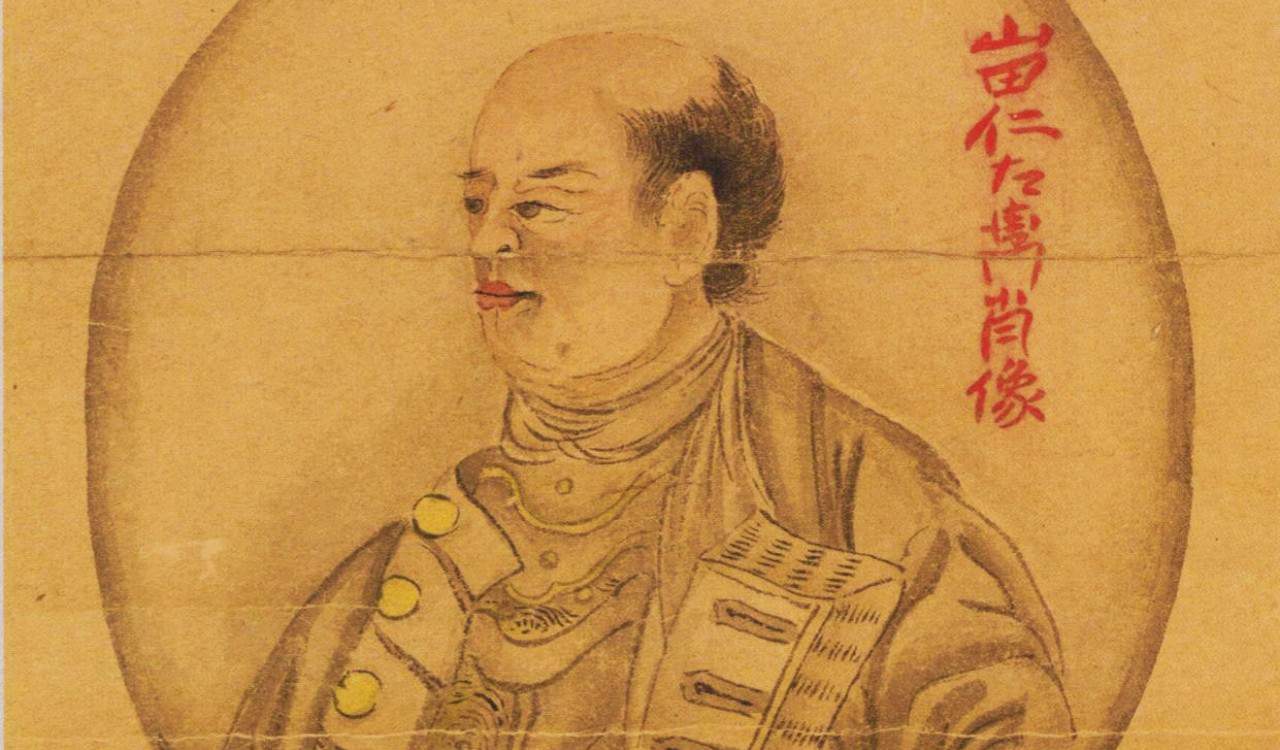
Yamada Nagamasa
- Assassinated By: Prasat Thong (indirectly)
- Year: 1630
- Cause Of Fatality: Poison
- Motive: To Prevent Future Uprising
Yamada Nagamasa was a notable samurai and adventurer in the early 1600s. He eventually gained influence in the Ayutthaya Kingdom. This led to him becoming the Governor of the Nakhon Si Thammarat province. While this village was within the Thailand borders, it was actually home to roughly 1,000 Japanese citizens, making Yamada a great leader for the province. Several prominent samurai and ronin ended up in the village because of his leadership.

In 1629, King Songtham sent for Yamada and he traveled to see him. Yamada came right as a succession war was going down between the King and Prasat Thong. Prasat had operated as a “king-maker” before taking the throne for himself. He even performed regicide by taking out the King’s sons, then took the throne. While the stories vary, everyone agrees that Thong ordered that Yamada was to be poisoned. The most prominent story was that Yamada’s food was spiked and it took him months to finally pass. This means the poison was likely one that affected a specific organ or two that took months to spread.
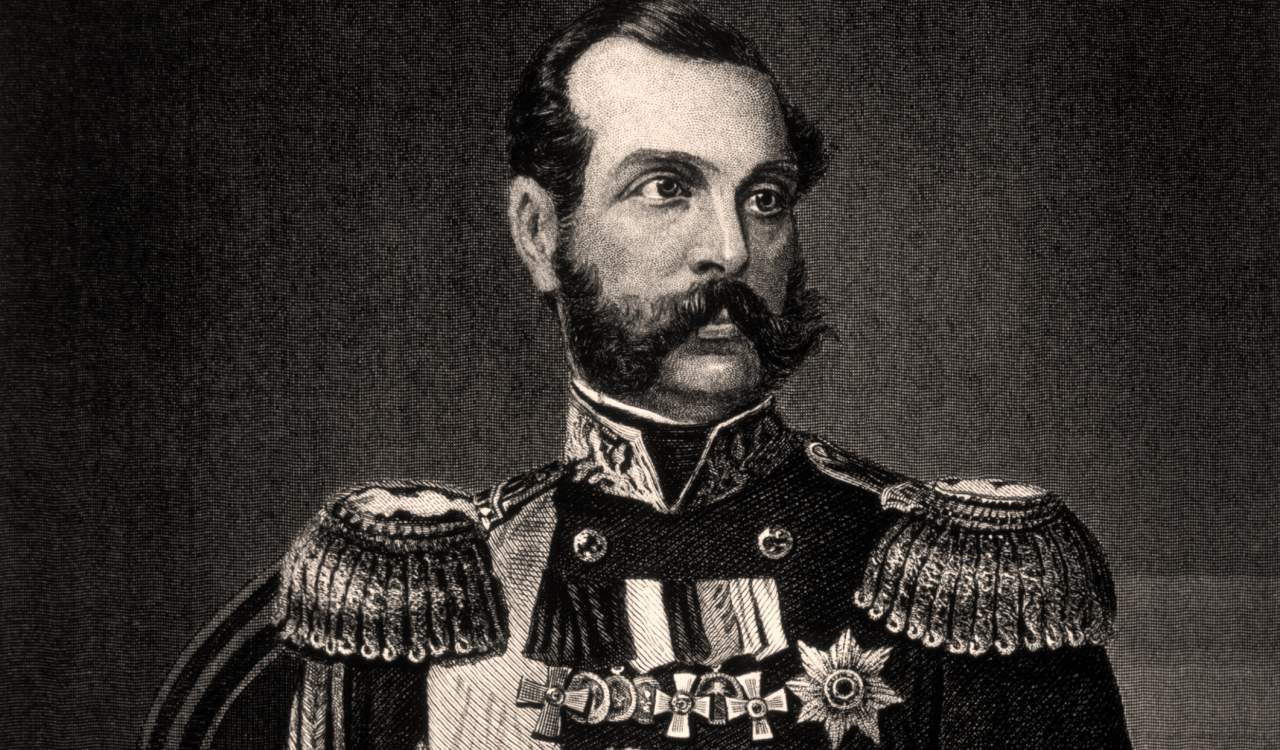
Czar Alexander II
- Assassinated By: The People’s Will Group
- Year: 1881
- Cause of Fatality: Basically Blown Up (bled out)
- Motive: Opposition To Czar Autocracy
Many notable assassinations took place during the Czar era, so it should not shock anyone that Czar Alexander II was taken out. He is most known for freeing the serfs in 1861. Alexander II often met with officials across Russia and elsewhere. One Sunday in 1881, he had an appointment to make but his carriage was attacked by a Russian left-wing terrorist group known as “The People’s Will.” The carriage was hit by a bomb, knocking it over. Alexander was not harmed by the first, initial blast.
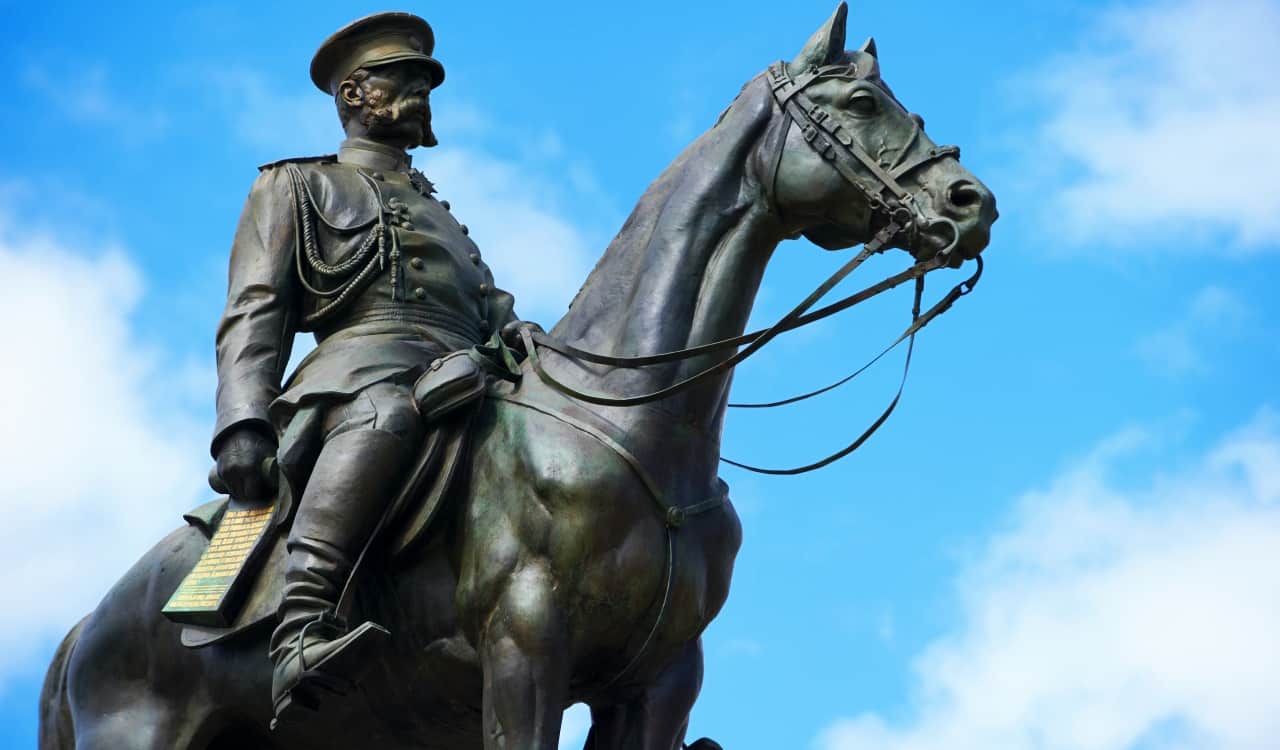
A second would be thrown after Alexander left his carriage by Ignacy Hryniewiecki. It was right on target, as the bomb landed right at Alexander’s feet. He would pass shortly after. Several assassination attempts were made on Alexander’s life before this. Historians are thus puzzled why he did not have better protection. The People’s Will opposed the entire czarist autocracy, but they likely did not know they were committing one of the most notable assassinations in world history by taking out the Czar.
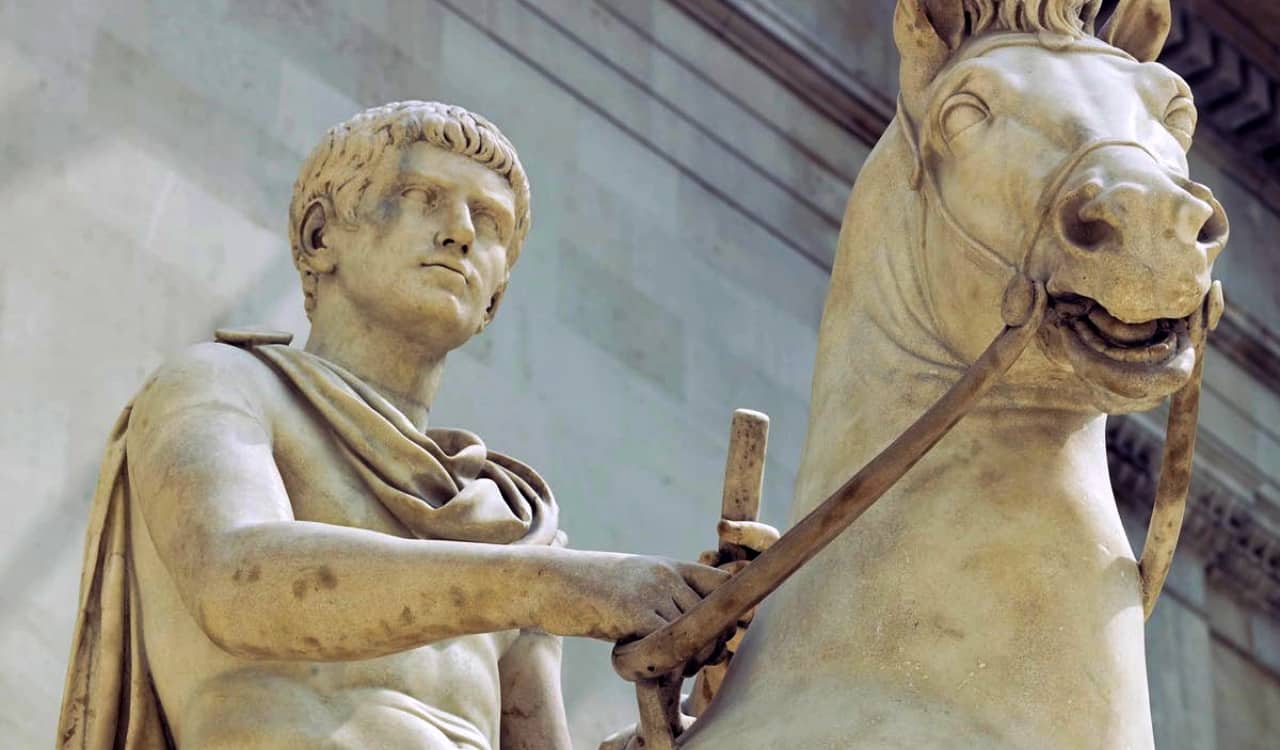
Caligula
- Assassinated By: Members Of Praetorian Guard
- Year: 41 AD
- Cause of Fatality: Stabbing
- Motive: To End His Tyrannic Rule
Initially, Caligula was a relatively good Emperor who was noble and helped the people of Rome. But something seemed to happen inside his mind, as he soon began a cruel, sadistic reign that would become the stuff of legend. Most know his sexual perversion, but the extent of it was immense. He slept with the wives of his guards as well as other nobles, threatening them to do something. He used the wealth of the state to fund several building projects, many of them of himself.
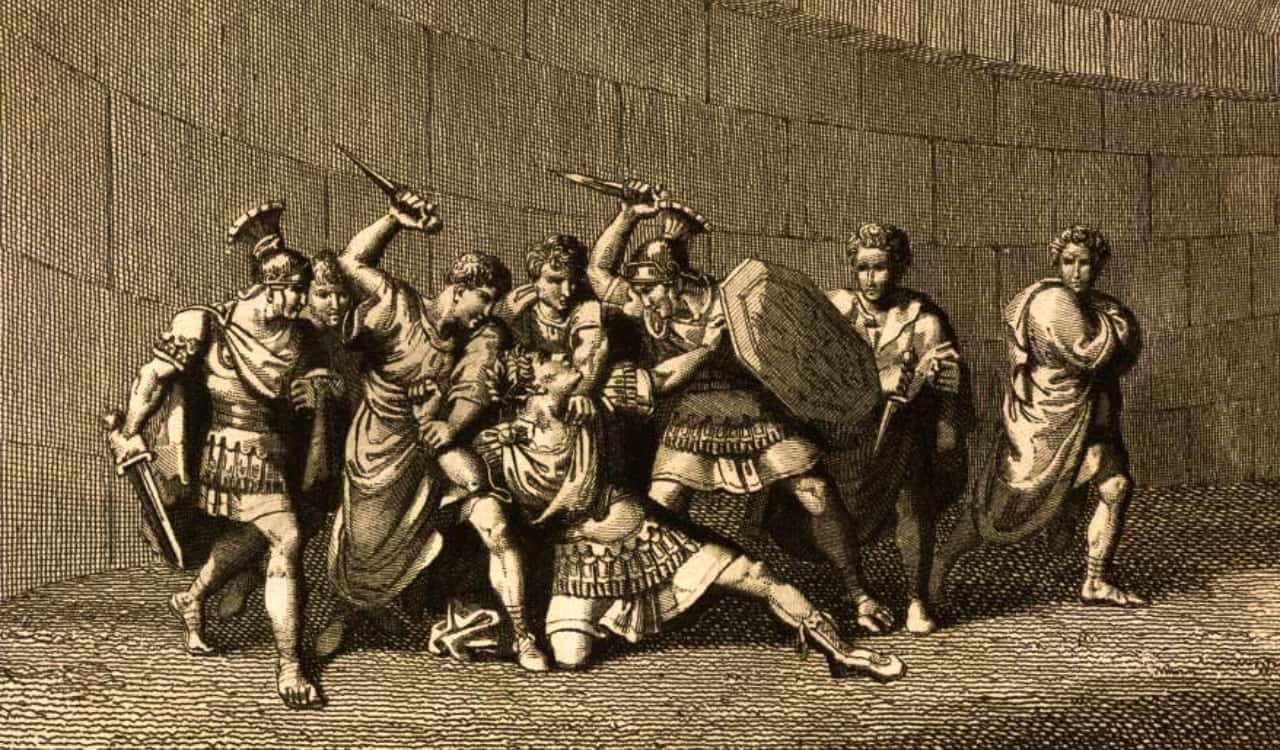
Due to his horrific actions, there were many assassination attempts. But one was successful, involving his own Praetorian Guard. Several men, including Cassius Chaerea, stabbed Caligula and others joined in. The numerous stabbings would result in several internal wounds that resulted in a relatively quick end. He more than likely bled out. By the time help arrived, the Emperor was gone. This remains one of the most notable assassinations in Roman history.
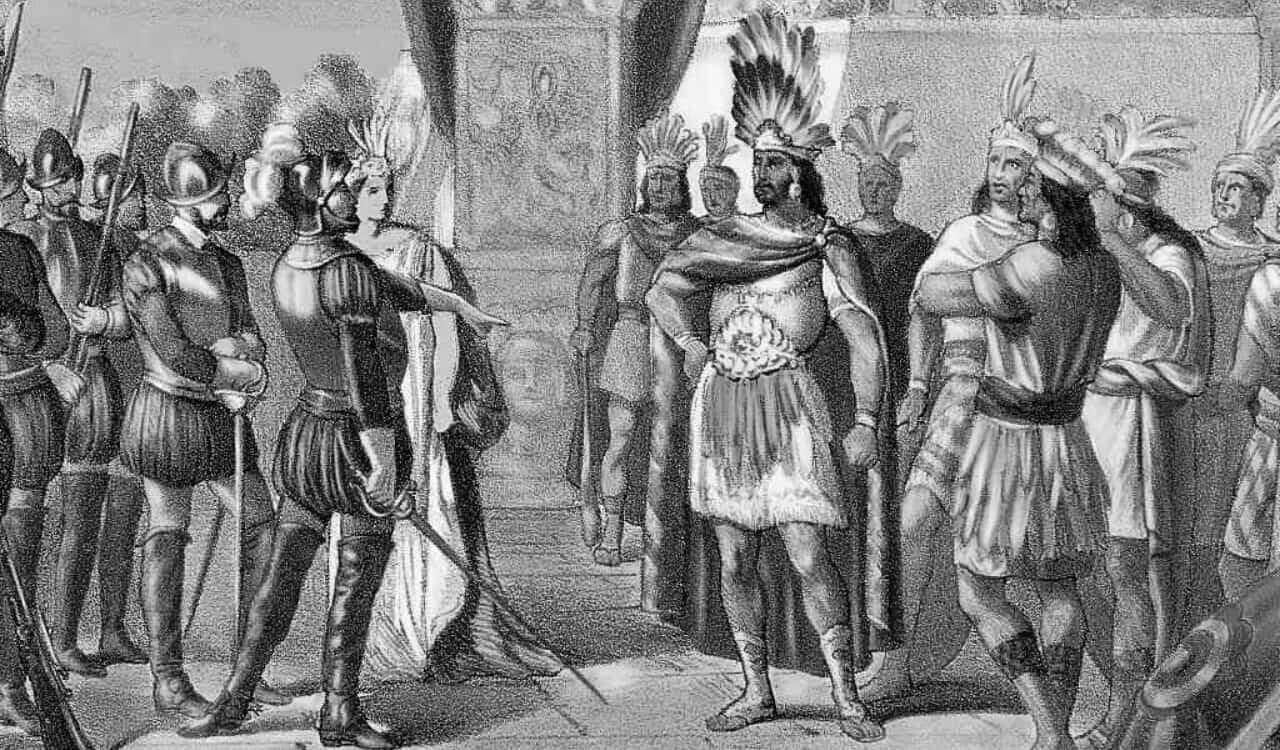
Moctezuma II
- Assassinated By: The Aztec People
- Year: 1520
- Cause of Fatality: Stones, Arrows, Etc. Connecting
- Motive: Assumed To Be Weak Due To Submission To The Spaniards
Moctezuma II is one of the most prominent rulers in world history, mostly due to where he ruled and when. He led the Aztec Empire to its greatest size ever through major warfare all across the southern tip of Mexico into the northern tip of South America, in the early 1500s. Yet Spain decided to expand into the Americas around this period. The Aztecs were among the first people the Spanish made contact with. They quickly took advantage of higher-ups in the Aztec Empire. This eventually led to Moctezuma being made a puppet ruler.
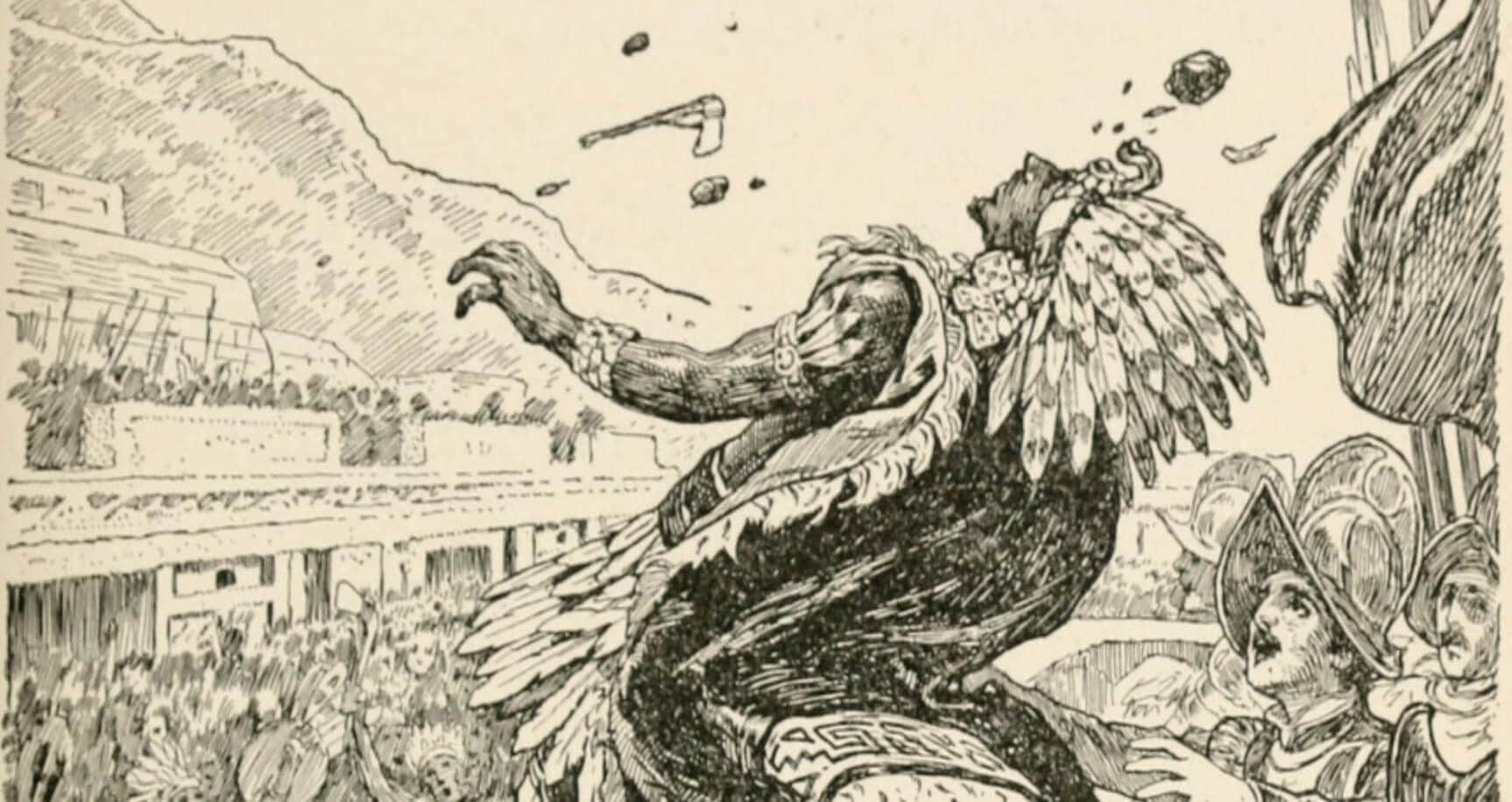
Submission to the Spaniards was an attempt to keep himself and the people safe, but it made him look weak. Thus, one day he attempted to speak to the people and they revolted. They threw stones, spears, and more at him. Several made contact, a few even to the head. This impact at the time likely gave Moctezuma a TBI, as he’d pass three days later. It’s very possible that he passed from a brain bleed due to the concussive force of the stones that made contact with his skull. While not a regular assassination, it is still one of the most notable assassinations in the early Americas.
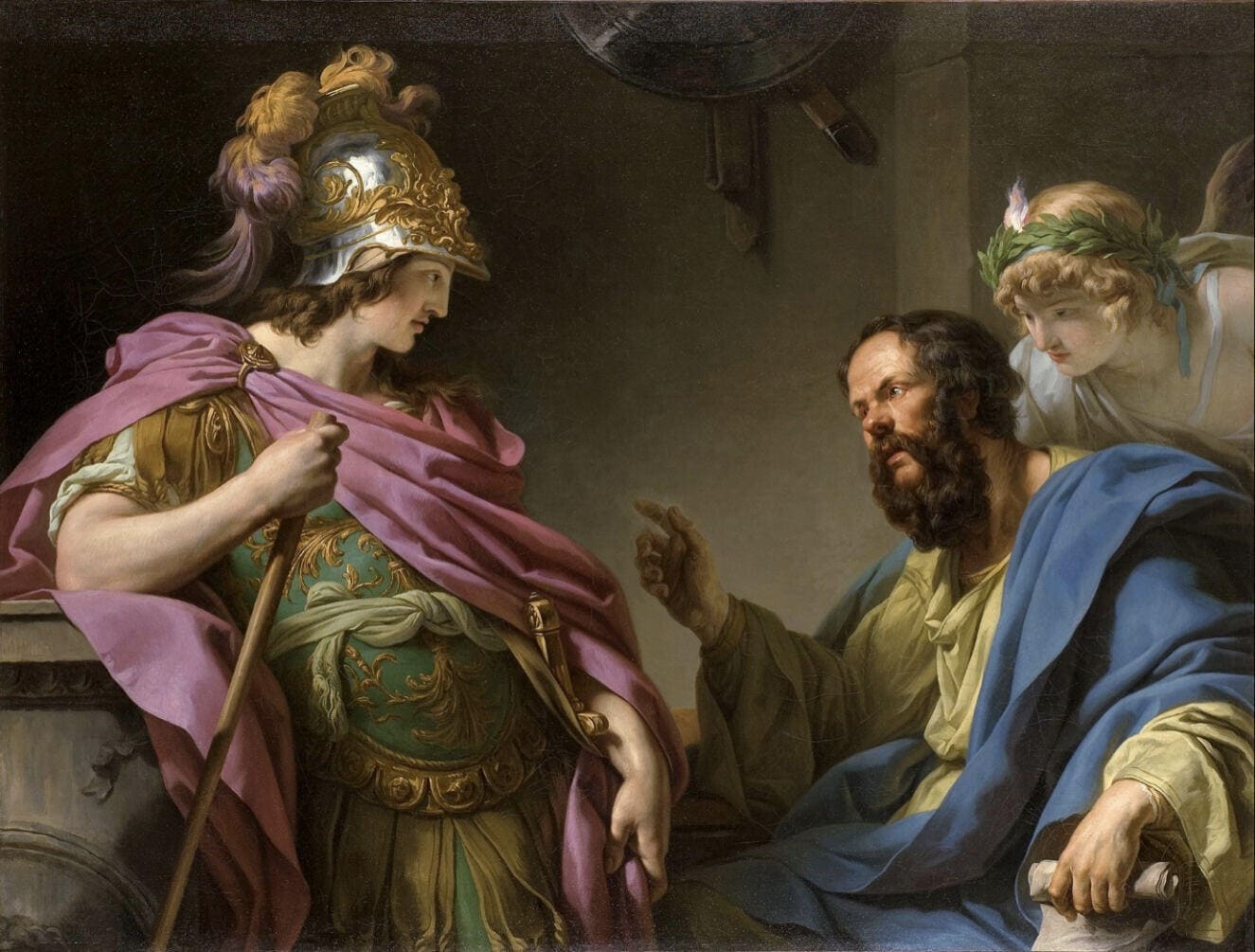
Alcibiades
- Assassinated By: Spartan Warriors, Led By Admiral Lysander
- Year: 404 B.C.
- Cause of Fatality: Engulfed In Fire and Darts
- Motive: To Stop His Influence On Athenian Politics
Alcibiades played a major part in the Peloponnesian War between Athens and Sparta. He was known for being a tremendous general, orator, and statesman. He mainly operated in Athens initially, even befriending major members of Greek history. While he did lead the Athenians in battle, he betrayed them. Alcibiades could fight well and lead armies but preferred to make places fall via betrayal, deceit, etc. This helped him make powerful enemies everywhere he went.
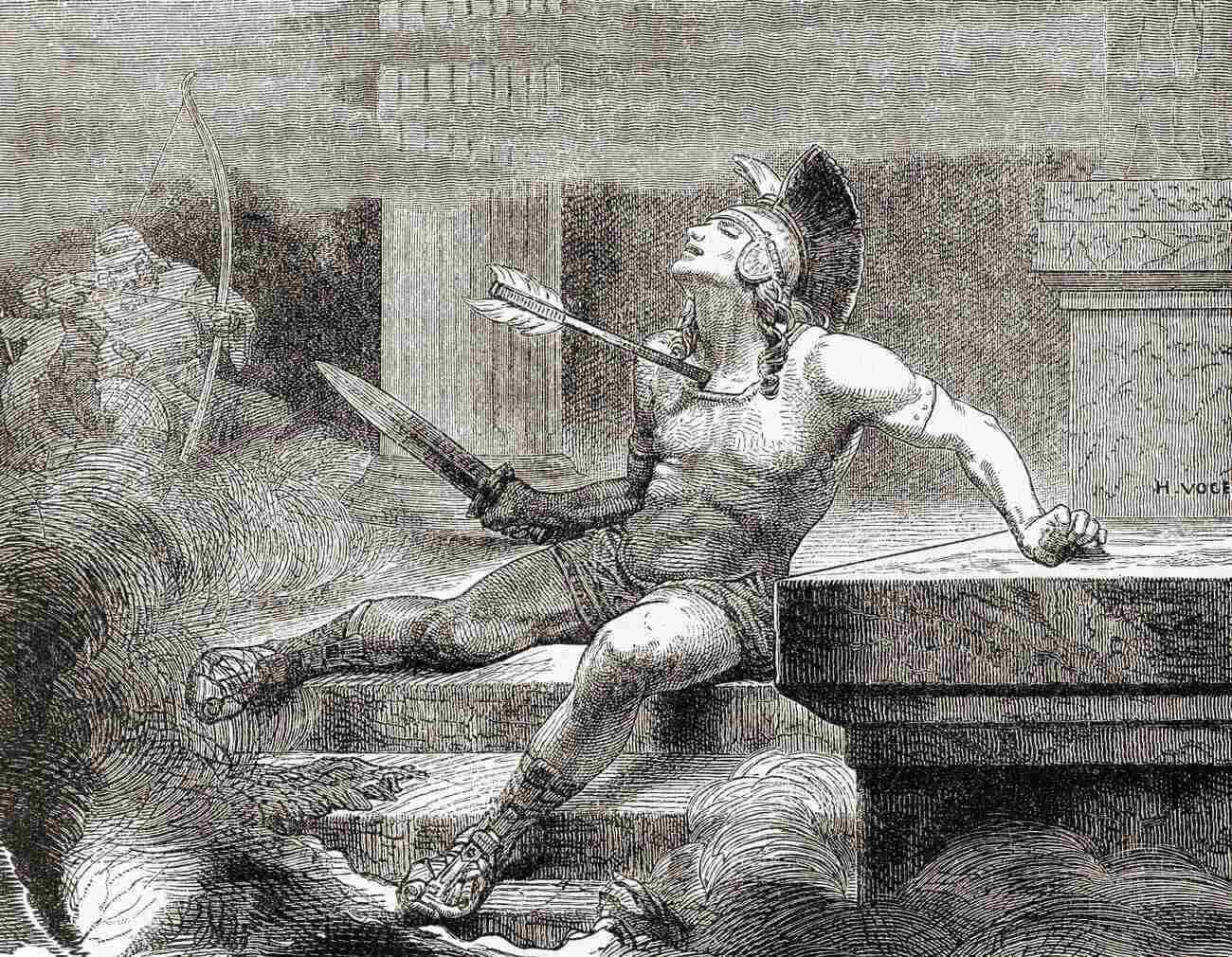
Alcibiades soon defected to Persia, where he also made enemies. Eventually, after he helped to win a war for Athens, he was welcomed back but a threat on his left made him flee to Persia yet again. He remained a disturbing influence on Athenian politics and, thus, the Spartans wanted him gone. Once Athens lost their whole fleet in a surprise Spartan attack, Admiral Lysander ordered the assassination of Alcibiades. He would be taken out by darts and fire by Sparta in what is seen as a “glorious end.” It is certainly one of the most notable assassinations in Greek history.
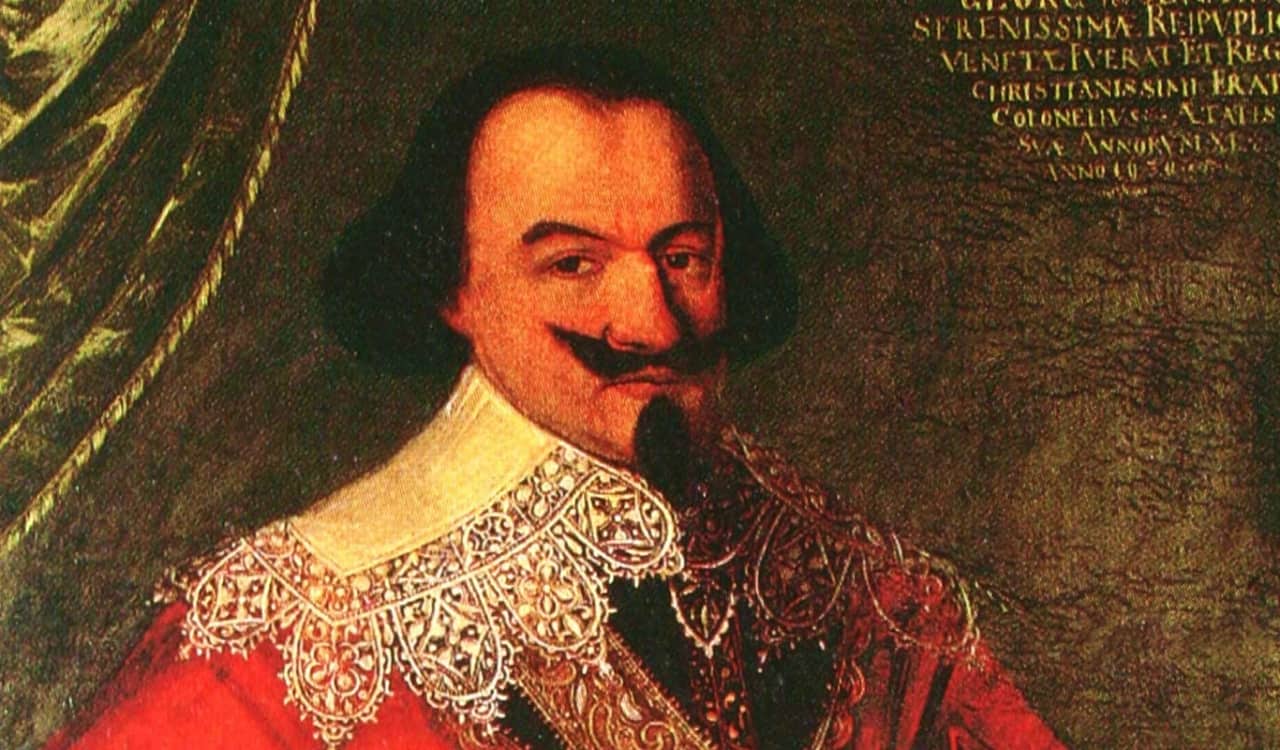
Jörg Jenatsch
- Assassinated By: Rudolf von Planta (assumed)
- Year: 1639
- Cause of Fatality: Ax Through Body
- Motive: Revenge For Ending Rudolf’s Father 18 Years Earlier
The assassination of Jörg Jenatsch is one of the most notable assassinations in history simply due to how it happened. Jörg was a prominent Swiss political leader that operated mostly during the Thirty Years War. He is known by many for being incredibly brutal, seeking to end anyone that he considered a threat. This included a rival political leader and even his own Colonel. This made him many enemies. Thus, on January 24, 1639, he ended up being assassinated by a band of men. The leader of this group was actually dressed as a bear, due to it being Carnival time.
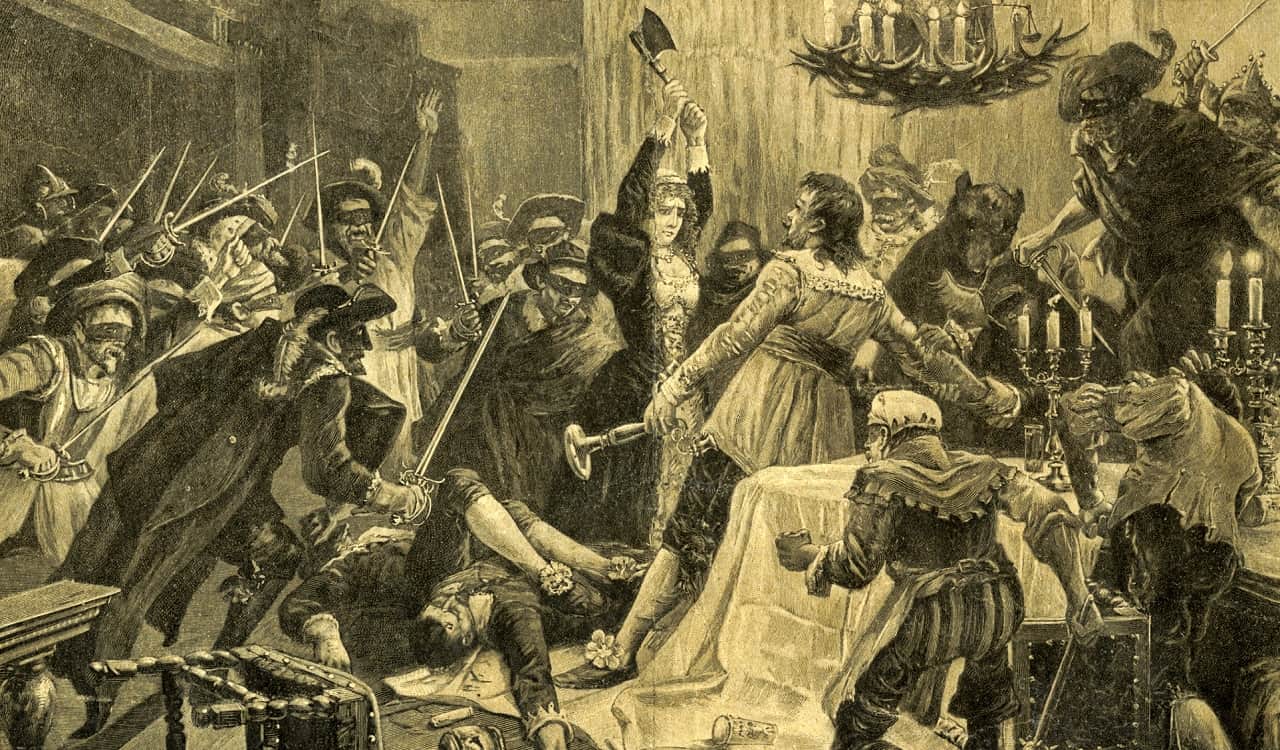
He used an ax to end Jenatsch, but this was for many reasons. For years, those who took out Jenatsch were anonymous. None were captured for their role. Most historians now believe it was Rudolf von Planta, the son of the party rival that Jenatsch took part in assassinating. Ending someone with an ax is a brutal form of assassination, but it was often used in battle and could end someone pretty quick. Axes are rather heavy, and if sharpened, could cut through a human being like a warm knife through butter. On top of this, the ax used was said to have been the very one that ended Rudolf’s father years earlier.
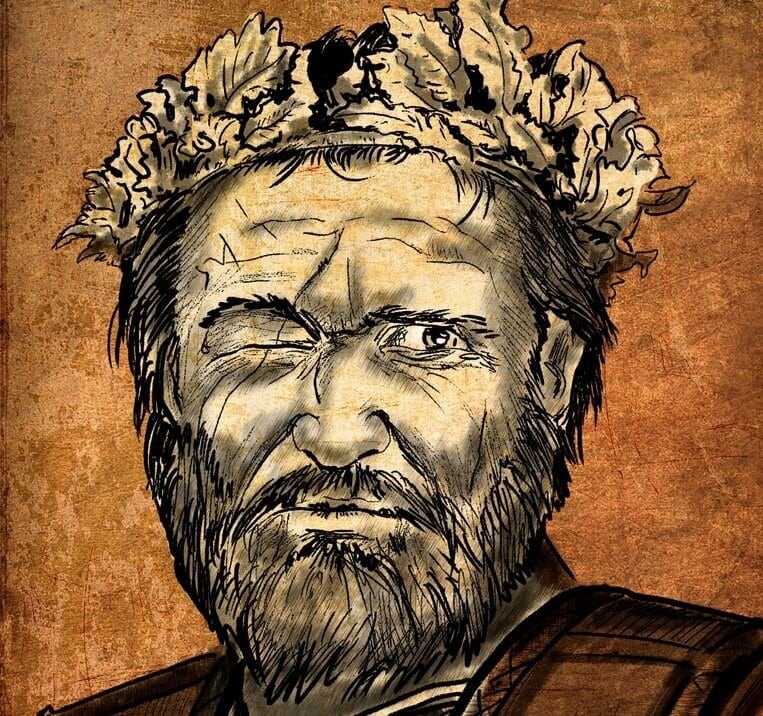
Philip II Of Macedon
- Assassinated By: Pausanias of Orestis
- Year: 336 B.C.
- Cause of Fatality: Stabbed
- Motive: Unknown
Most people know Philip II of Macedon for being the father of Alexander the Great. But he was also a notable King himself. One evening, he was headed to a gathering where his daughter was getting married. He decided to go into the royal court unprotected to seem more approachable. That left an opening for one of his own bodyguards, Pausanias of Orestis, to rush in and stab him between the ribs. The reasoning for Philip’s assassination is still highly debated. Some believe his wife, Olympias, had something to do with it. Others believe Alexander hired Pausanias to do it.
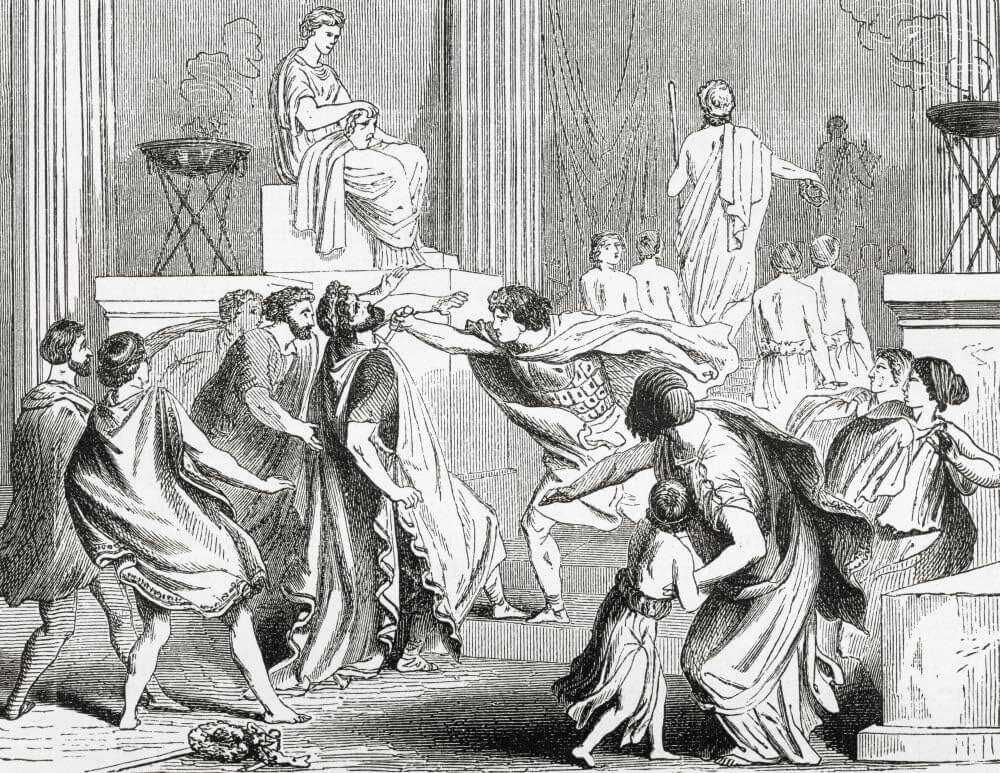
It’s key that the assassin was ended before he could be brought back for questioning, which was rare. He could not be asked if he was hired or worked alone. This is why many think someone in Philip’s family or inner circle ordered the assassination. However, the attempt was odd. Stabbing the King in the ribs can be effective but Pausanias very well could have missed a lot of vital organs. A straight stab to the heart was more effective, and he’d know that. This makes many believe Pausanias was blackmailed and did not actually want to end the King. Notable assassinations like this are still discussed in history class today.

Abraham Lincoln
- Assassinated By: John Wilkes Booth
- Year: 1865
- Cause of Fatality: Gunshot Wound
- Motive: Booth Was Upset Lincoln Freed The Slaves
U.S. President Abraham Lincoln is one of the most iconic presidents in American history. This is for several reasons, but the most prominent is his decision to free African American slaves from their white captors. Of course, due to the importance of slaves working the fields in the South, the southern states were not happy about this. However, Lincoln made this decision anyway due to his belief that “all men are equal.” John Wilkes Booth was a Confederate sympathizer upset about the abolition of slavery.
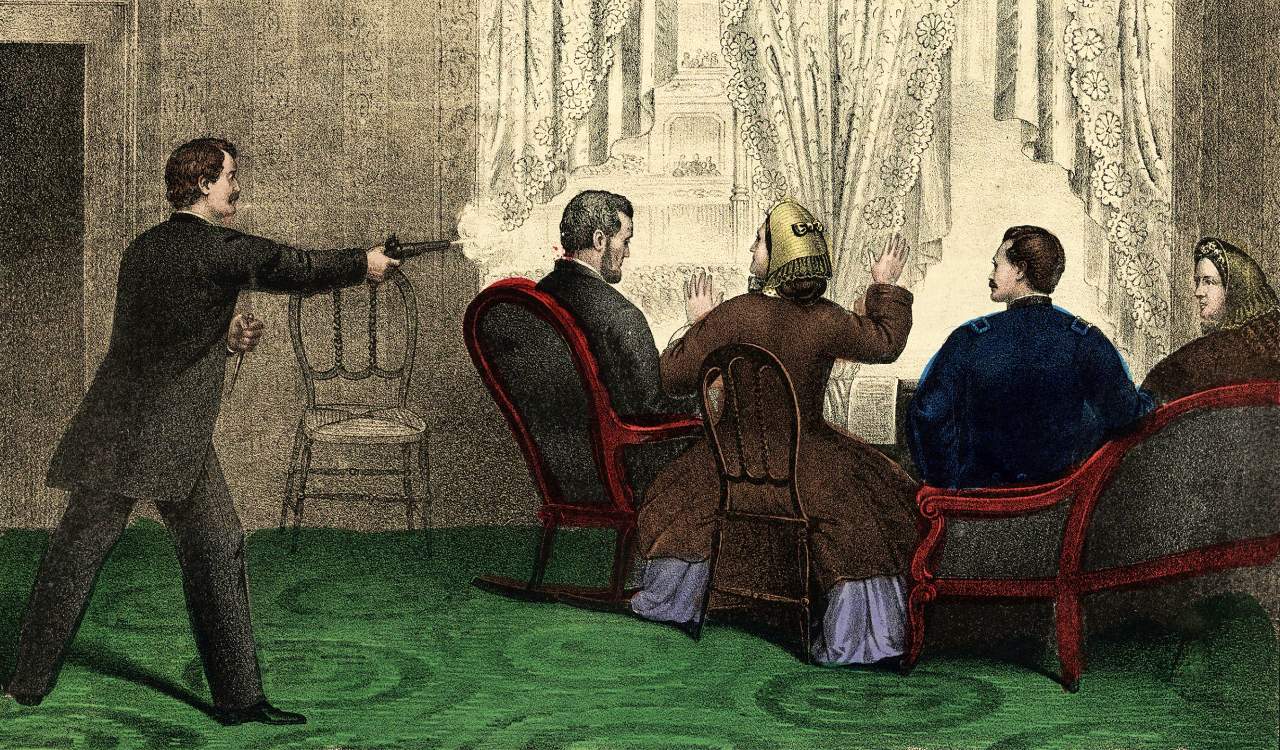
He was also an actor from a prominent theater family. This allowed him to easily gain access to Ford’s Theatre on April 14, 1865, where he entered Lincoln’s theater box and shot him in the head. The President did not pass immediately from the gunshot wound, but would the following day. Today, if a similar wound took place, it is possible Lincoln could be saved. This is due to the fact that his brain was not completely destroyed by the shot. However, it likely that he might have been blinded and/or permanently paralyzed.
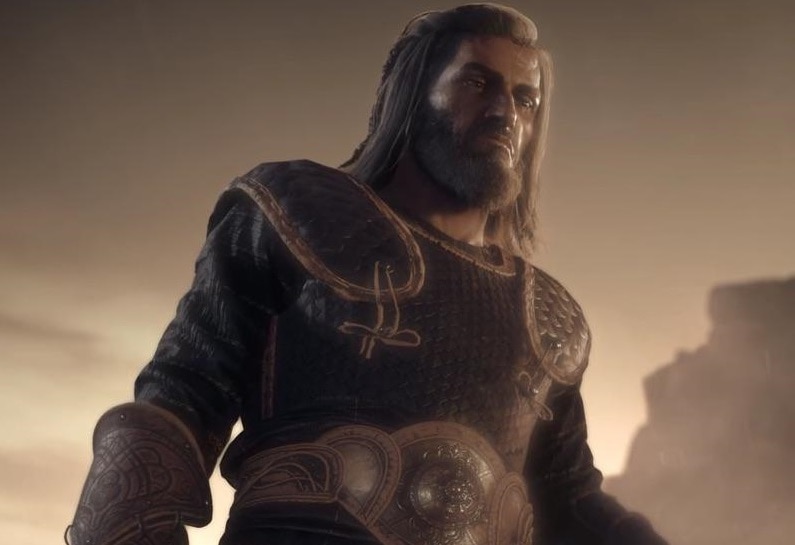
Ephialtes
- Assassinated By: Unknown
- Year: 461 B.C.
- Cause of Fatality: Unknown
- Motive: Assumed To Be Due To Betrayal and Power He Took From The Areopagus
If you’re a fan of modern democracy in the political world, such as what is practiced in several nations such as the United States, you need to thank Ephialtes. We get a lot of our political concepts from the Greeks, and Ephialtes helped to install the very democracy we get those concepts from. He helped to heavily diminish the power that Areopagus (and its rich oligarchs) held at the time, opening up the new more radical democratic movement the Athenians are historically known for.

He instituted scrutiny and control of officeholders, proper functions at state trials, etc. Ephialtes even created a new definition for citizenship. Yet he did not live to see this new political system. He was assassinated on the directive of resentful oligarchs, or so it was assumed. Many now believe that the assassination was done by someone within Ephialtes own faction in a quest for power. Very few details are known of the assassination. But it’s still one of the most notable assassinations in Greek history.
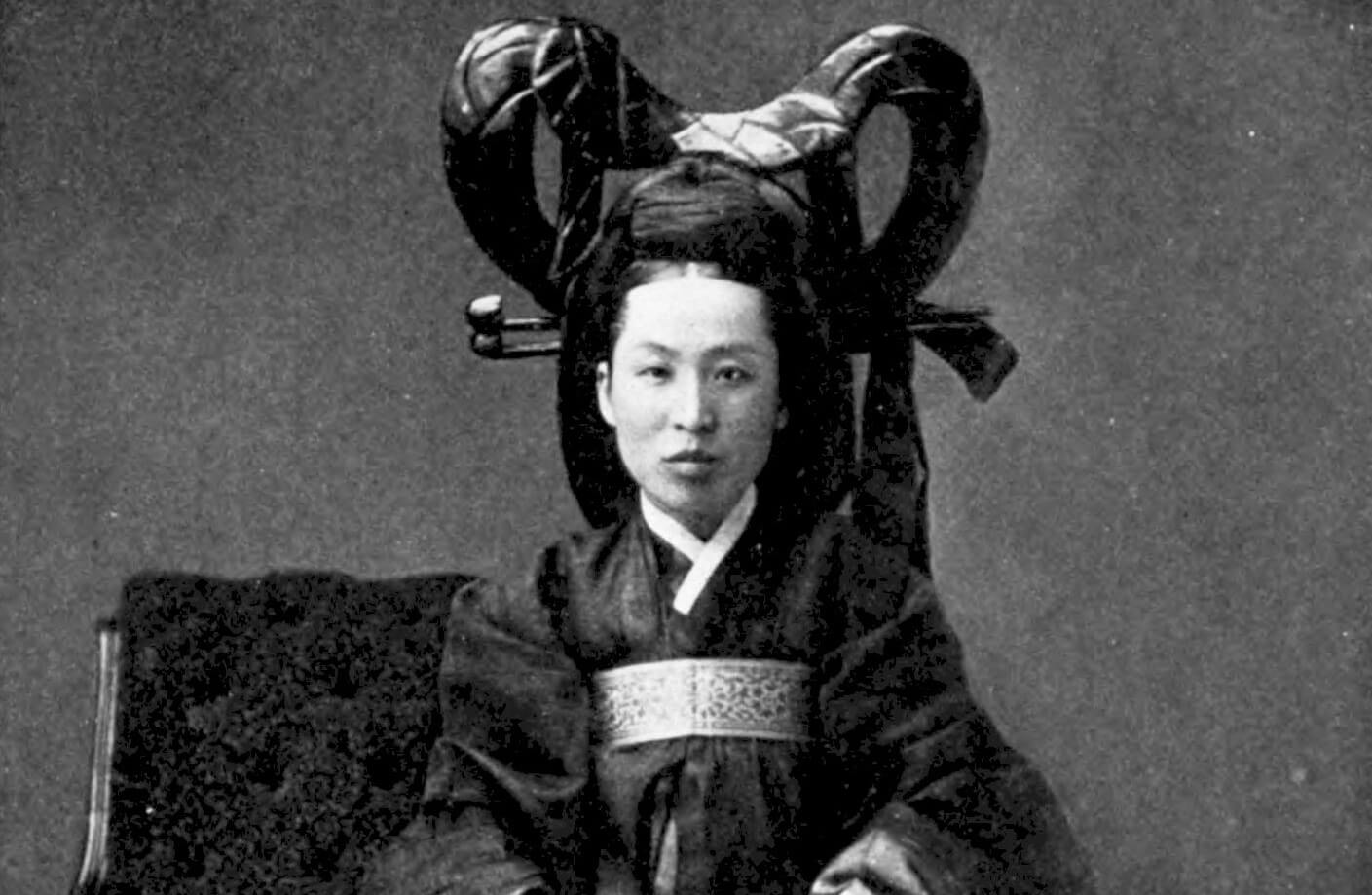
Empress Myeongseong
- Assassinated By: Roughly 50 Japanese Ronin
- Year: 1895
- Cause of Fatality: Stabbing and Lighting Her On Fire
- Motive: To Remove Her From Korean Rule
When you want to talk about notable assassinations, Empress Myeongseong, known by many others as Queen Min, was a big one. She was the first wife of Gojong, the King of Joseon, and the very first Emperor of the Korean Empire. Gojong was put onto the throne as a mere child, making his father the Heungseon Daewongun (regent for young Emperor). Yet he’d eventually help to orchestrate a marriage for his son, where Gojong met and married Queen Min. The Heungseon Daewongun favored isolationism and persecuted Korean Catholics among others, but Min did not like this.

She eventually found a way to get rid of him. She also did not care for the Japanese, and as the main ruler by this point, the empire did not move toward a partnership with Japan. This put her in the crosshairs of the Imperial Army of Japan, who tried to end her many times, eventually succeeding in 1895. Around 50 Ronin were sent to her home, taking out guards all around and finally catching up to the Empress. They’d stab Min to her end several times but worried she might survive, they dragged her outside and lit her on fire. You don’t need much scientific knowledge to know what happens when one is burned.
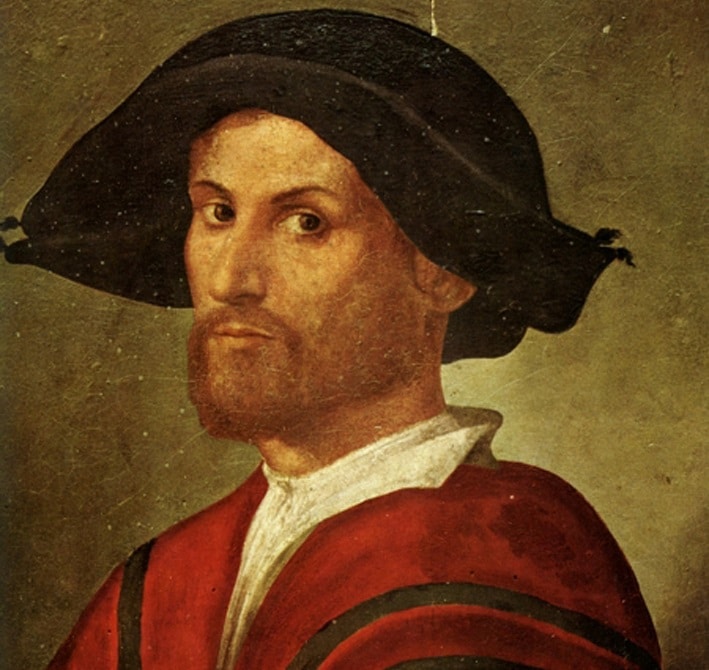
Giovanni Borgia
- Assassinated By: Assumed To Be Gioffre Borgia
- Year: 1497
- Cause of Fatality: Stabbing
- Motive: Assumed Relationship With Gioffre’s Wife
Giovanni Borgia was from the now-infamous House of Borgia. He was the son of Rodrigo de Borgia, better known as Pope Alexander VI. This made Giovanni and his entire family a target for anyone that disagreed with the Pope. At the time, the Pope had far too much power, and Alexander VI controlled 11 Papal States during his reign from 1492 to 1503. Giovanni’s father is historically known for abusing his role as Pope to enrich himself and several family members. Even Giovanni held the 2nd Duke of Gandía role.


Cesare Borgia
- Assassinated By: Technically Ximenes Garcia and Group Of Robbers
- Year: 1507
- Cause of Fatality: Spear Through Body
- Motive: Just To Rob Him
Moving from one Borgia family member to another, we have Cesare Borgia. The man that Niccolò Machiavelli’s “The Prince” was based on. Cesare’s quest and thirst for power are historic. As the illegitimate son of Pope Alexander VI, he was able to become a Cardinal when his father reached Papal status. He’d resign from the Cardinal role and went on to serve as a Captain of French mercenaries for King Louis XII of France. He managed to occupy Milan and Naples during the Italian Wars, even making a state of his own in Central Italy. Of course, the passing of Pope Alexander VI led to Cesare losing power.
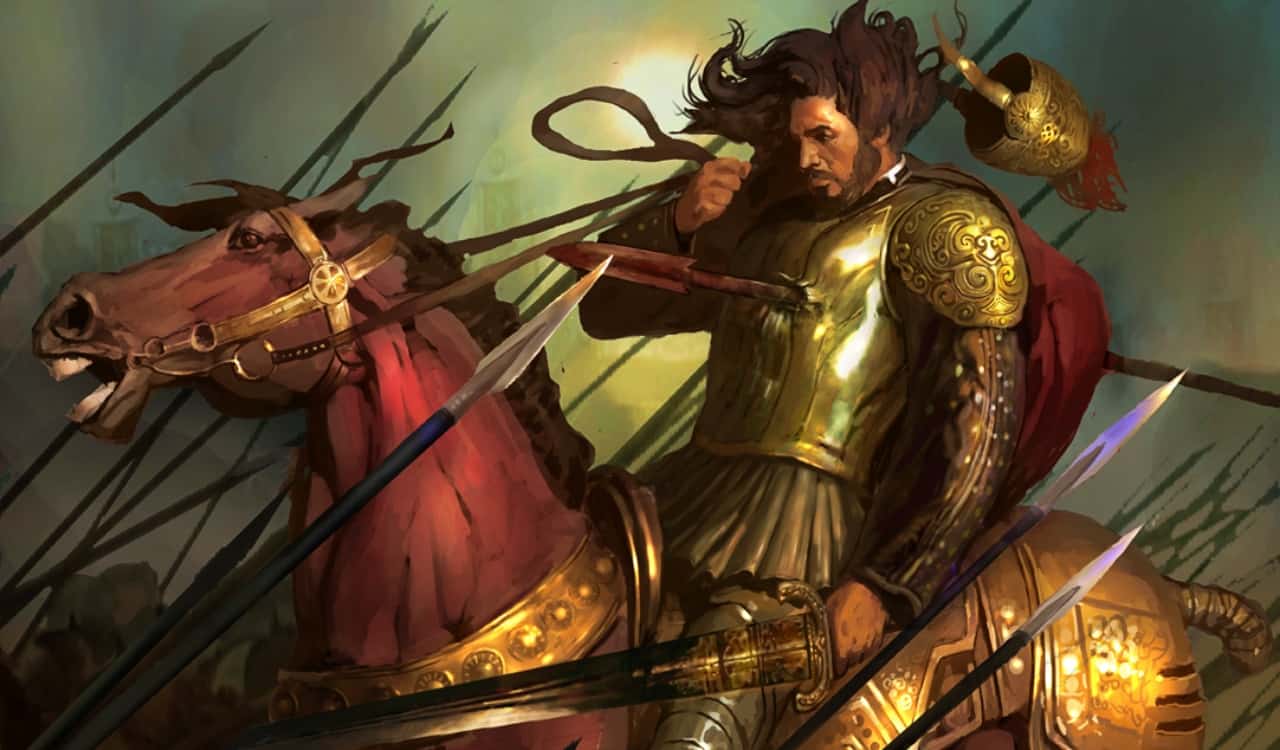
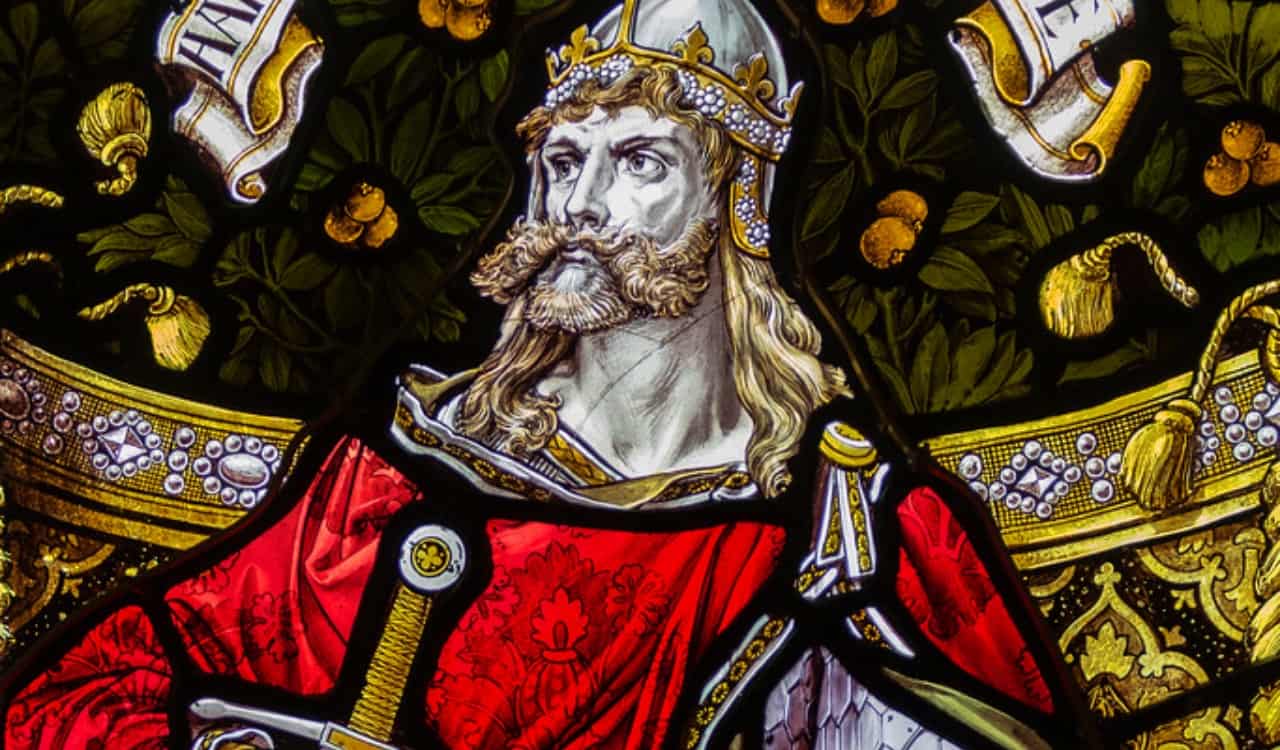
Harald IV Gille
- Assassinated By: Unknown Men On Orders From Sigurd Slembe
- Year: 1136
- Cause of Fatality: Unknown (assumed to be assassinated in his sleep)
- Motive: To Take Norwegian Throne
Notable assassinations taking place as someone tries to gain power are common in history. Harald IV or simply Harald Gille became the King of Norway in 1130. Upon the passing of King Sigurd, Harald called a meeting at his burial mound where he would be chosen as King of at least half of Norway. This was said to be due to being the son of Magnus Barefoot, a previous notable Norwegian King, and father of Sigurd. King Magnus IV was forced to divide the kingdom with Harald after this. While the two Kings ruled in peace for a while, after 4 years, Magnus IV decided half was not enough and declared war on Harald.
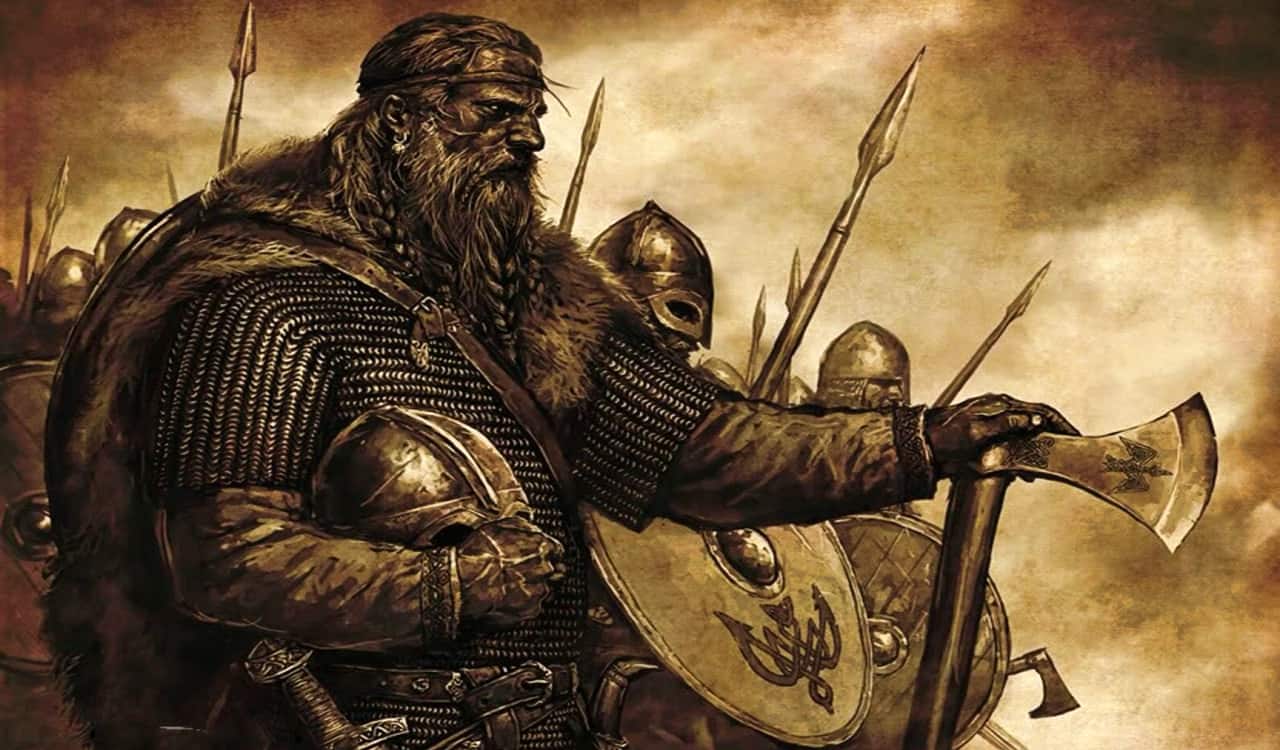
Initially defeated by Magnus, Harald fled to Denmark but then returned as Magnus had very few men to protect his city. The city fell to Harald in 1135. Harald did not take out Magnus but instead removed his eyes and threw him in prison. But another of Magnus Barefoot’s illegitimate sons, Sigurd Slembe, decided to declare himself King in 1135. Which was obviously not recognized by King Harald. This led Slembe to order the assassination of Harald in his sleep. Once the King passed, he tried to yet again become King only for him to be exiled for regicide.
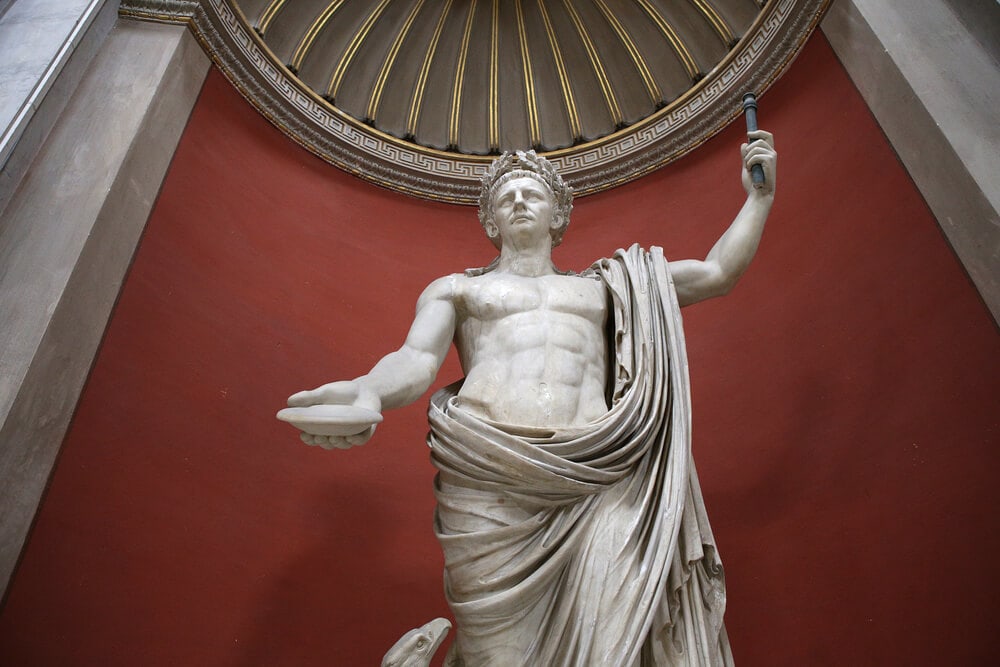
Claudius
- Assassinated By: Likely Aggripina The Younger
- Year: 54 AD
- Cause of Fatality: Poisoned Via Mushrooms
- Motive: To Put Nero On The Throne
Claudius is considered by most to be one of the best Roman Emperors in history. Yet no one ever saw him as a potential Emperor. This was mostly due to having a bad limp and slight deafness. His family even kept him from power until he was made co-consul with his nephew, Caligula. Once he was gone, Claudius was installed as the new ruler. As great a ruler as he was, Cladius seemingly fell for women who obviously just wanted power. He divorced his first three wives, all of which took advantage of him and committed adulterous acts.
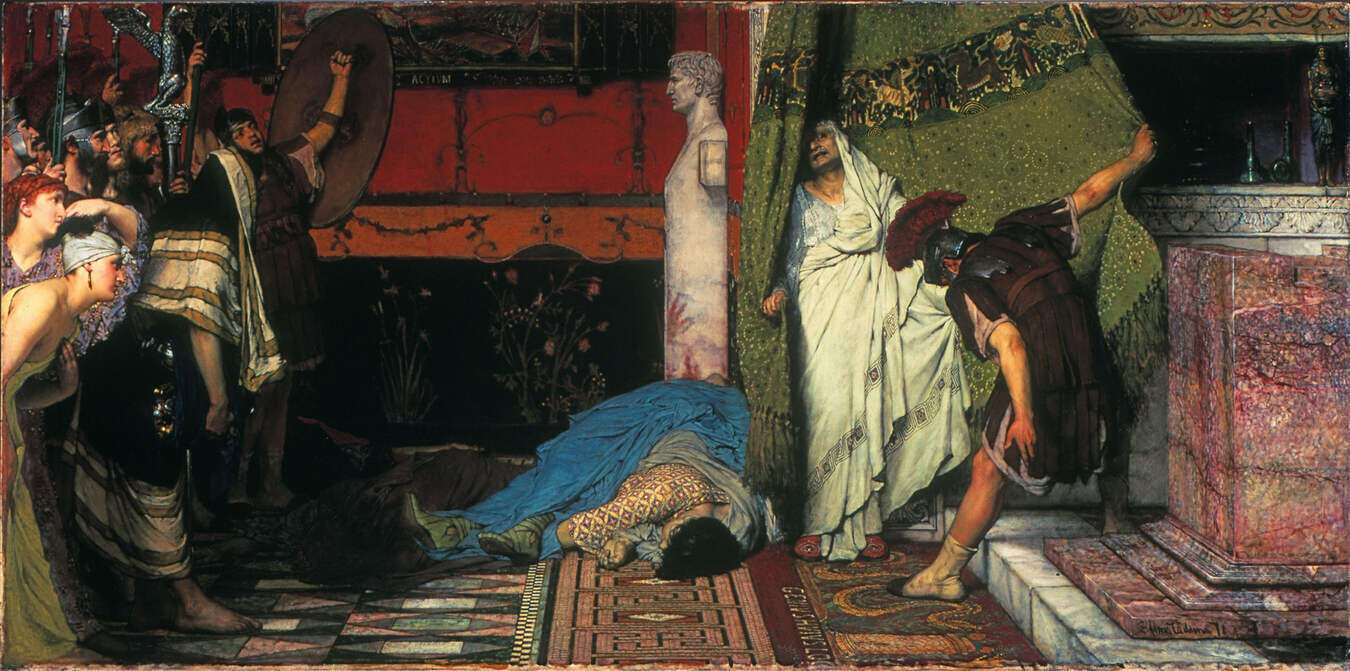
His fourth wife, Agrippina the Younger, was also terrible and thirsted for power. Her son Nero would be adopted by Claudius, leading her to want to end Claudius. This led her to poison him via mushrooms, committing one of the most notable assassinations in history. Mushrooms like the ones they used will disable enzymes that make new proteins, causing cells to not function and result in liver failure. If not treated quickly, beyond the liver, several other organs will begin to shut down too.
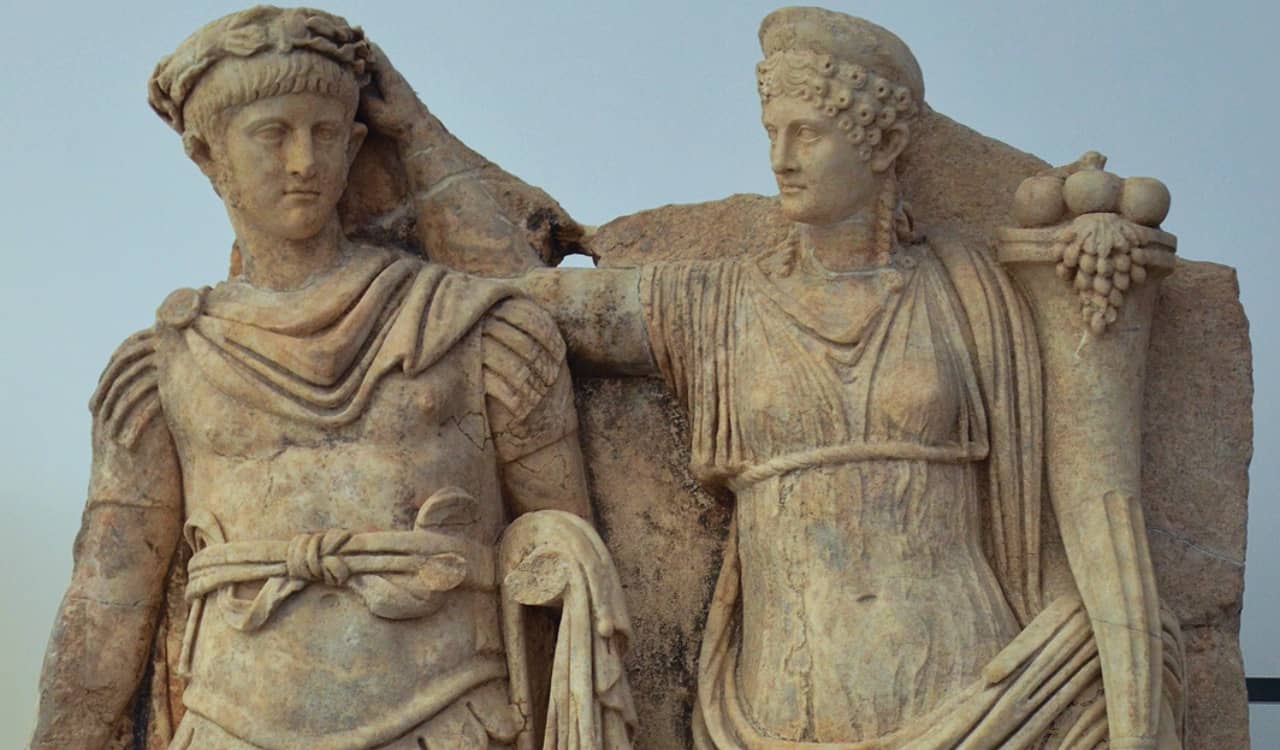
Agrippina The Younger
- Assassinated By: Unknown Assassin On Orders From Nero
- Year: 59 AD
- Cause of Fatality: Stabbed In Abdomen
- Motive: Assumed Overthrow Of Nero
Agrippina The Younger was one of the most notable assassinations in history herself. As we know, Agrippina also sought power for herself when trying to end Claudius and put her son, Nero, on the throne. Nero was too young to rule Rome on his own at first, allowing his mother to become the Empress and rule alongside him. Of course, Nero eventually became of age to rule on his own, but his mother was still recognized as Empress. Eventually, his mother attempted to overthrow her son with his political rival. But this did not “technically” happen, so she acted as if nothing had changed, but Nero knew the truth.
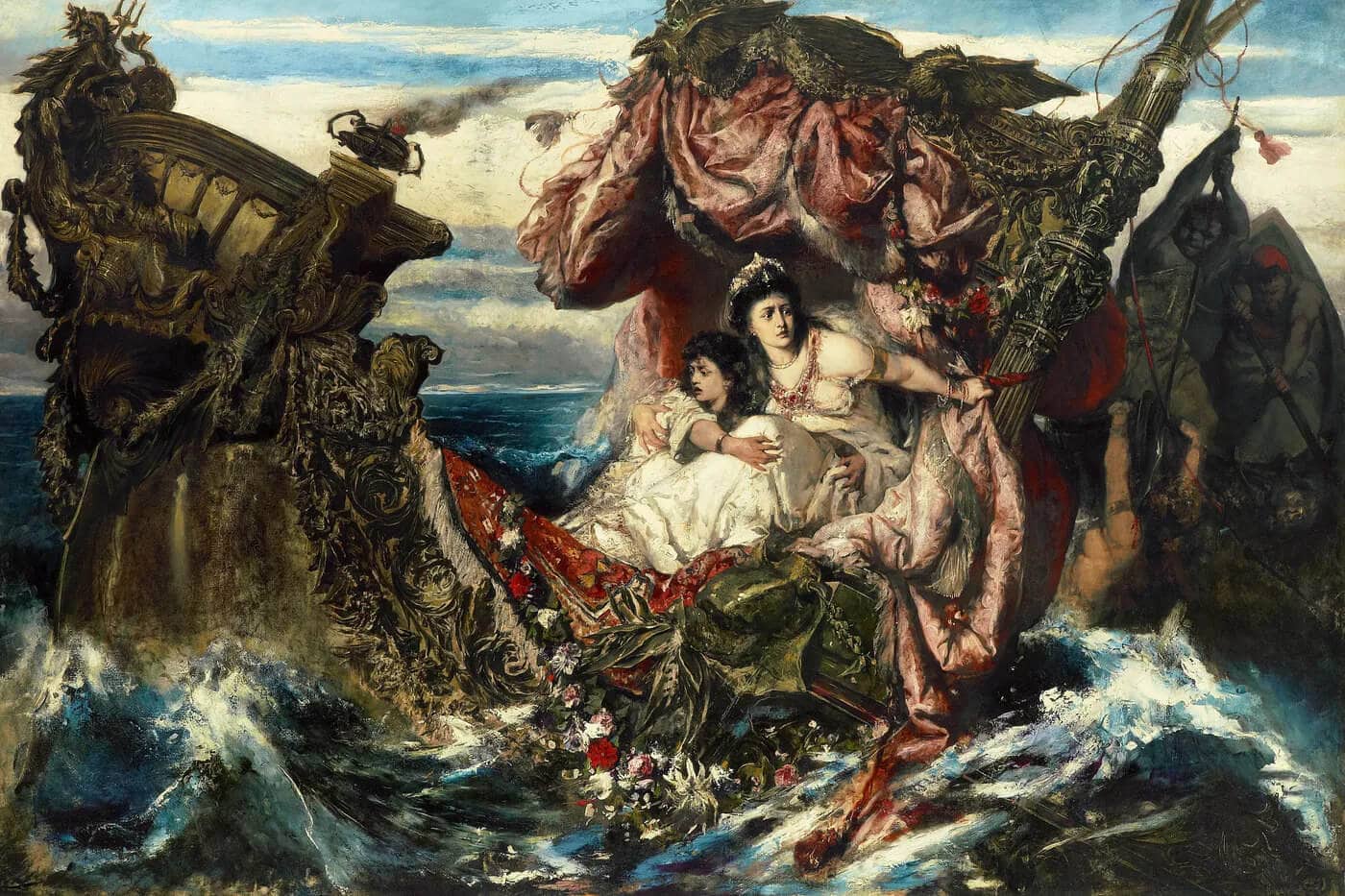
His mother wanted to go back to her home in Misenum after visiting Rome. Nero kindly had her take his boat back, which had been sabotaged to self-sink on the orders of Nero himself. It was widely assumed Agrippina and many other nobles could not swim, but even if they could, crocodile-infested waters were tough to survive. Once the boat sank, Agrippina swam back to shore. It is stated that Nero sent an assassin just in case his mother did survive. It is said that Agrippina requested the assassin stab her in her stomach, stating to stab her “in the womb that had born such an unnatural son.”
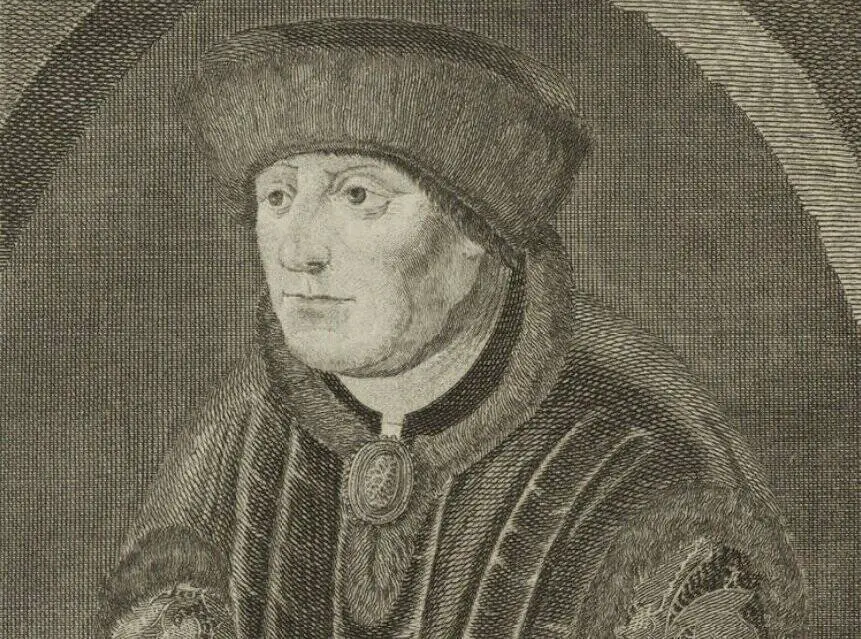
Thomas Of Woodstock
- Assassinated By: Unknown Assassin On The Orders Of Richard II
- Year: 1397
- Cause of Fatality: Suffocation
- Motive: Retaliation For Overthrowing King
King Richard II was known for being a horrible human and his uncle, Thomas of Woodstock, knew it. Some of his close advisors were only part of the problem, and Thomas felt they needed to be removed. This led him to form the “Lords Appellant,” a group of powerful nobles. They actually led a successful rebellion against Richard and some of the King’s favorite advisors were sent into exile or executed. The Lords then ruled the Kingdom for a while. Richard did not take kindly to this and managed to regain control in 1397. He sent his uncle to a prison in Calais where he was to await trial for the crime of treason.
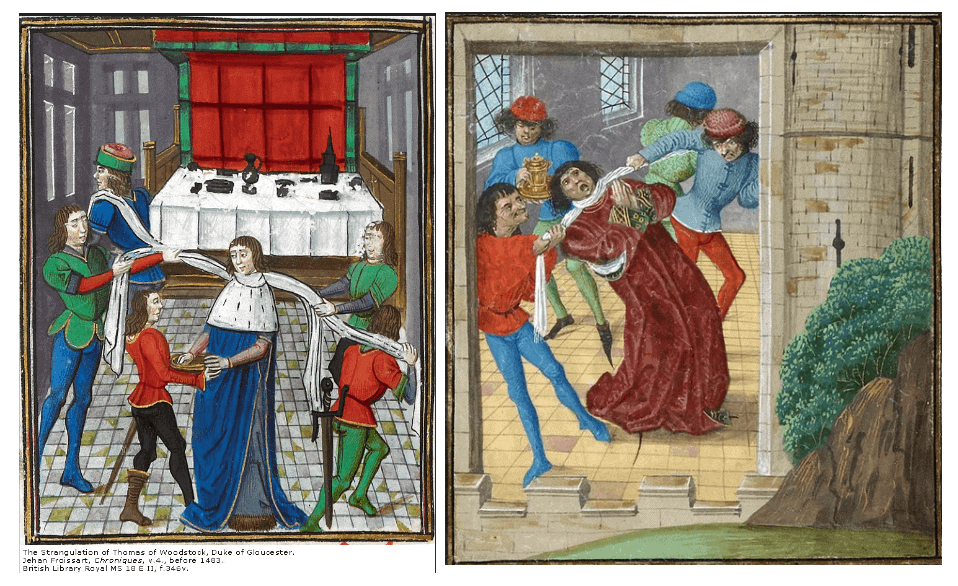
It is stated that Richard ordered the assassination of Thomas in his cell. Some claim he was choked by a cloak but others state he was suffocated by a mattress. When air is cut off for an extended period, it becomes hard to get proper oxygen. This will naturally make us work harder to get it, only making us use up more air and energy within us. After a few minutes, our brain will force us to pass out and we will eventually suffocate. This still ranks as one of the most notable assassinations in English history.

Phalaris
- Assassinated By: Telemachus of Acragas
- Year: 554 B.C.
- Cause of Fatality: The Brazan Bull
- Motive: To End His Tyrannical Rule
Phalaris was known for being absolutely horrible to people, and one heck of an evil man. Historians claim he was a cannibal who ate human babies. He is also known for using the “brazen bull.” This was a torture and execution device used to end anyone Phalaris felt like removing. That even included its inventor, Perilaus of Athens. Due to being such a tyrant, many people wanted him to be ended by someone.
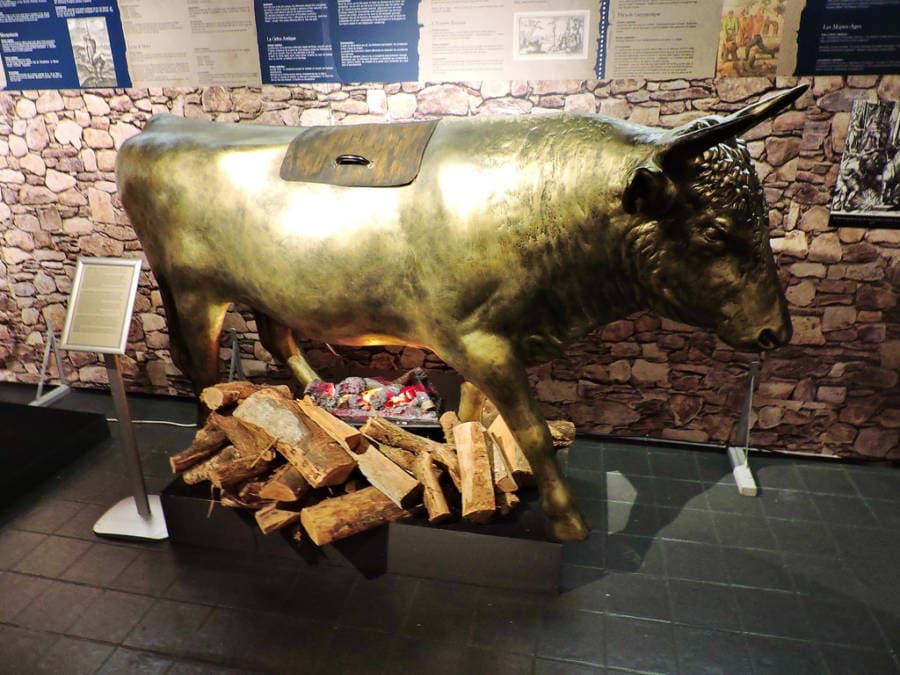
The man to do it was Telemachus of Acragas. When Telemachus decided to take out Phalaris, he knew he needed to lead a major uprising as Phalaris still had an army. Telemachus succeeded and decided to end Phalaris the same way he ended others, via the Brazen Bull. Within it, one is trapped inside the bronze bull and a fire underneath cooks the person on the inside. Literally, Phalaris would have been melted inside it with his screams being heard the whole time.
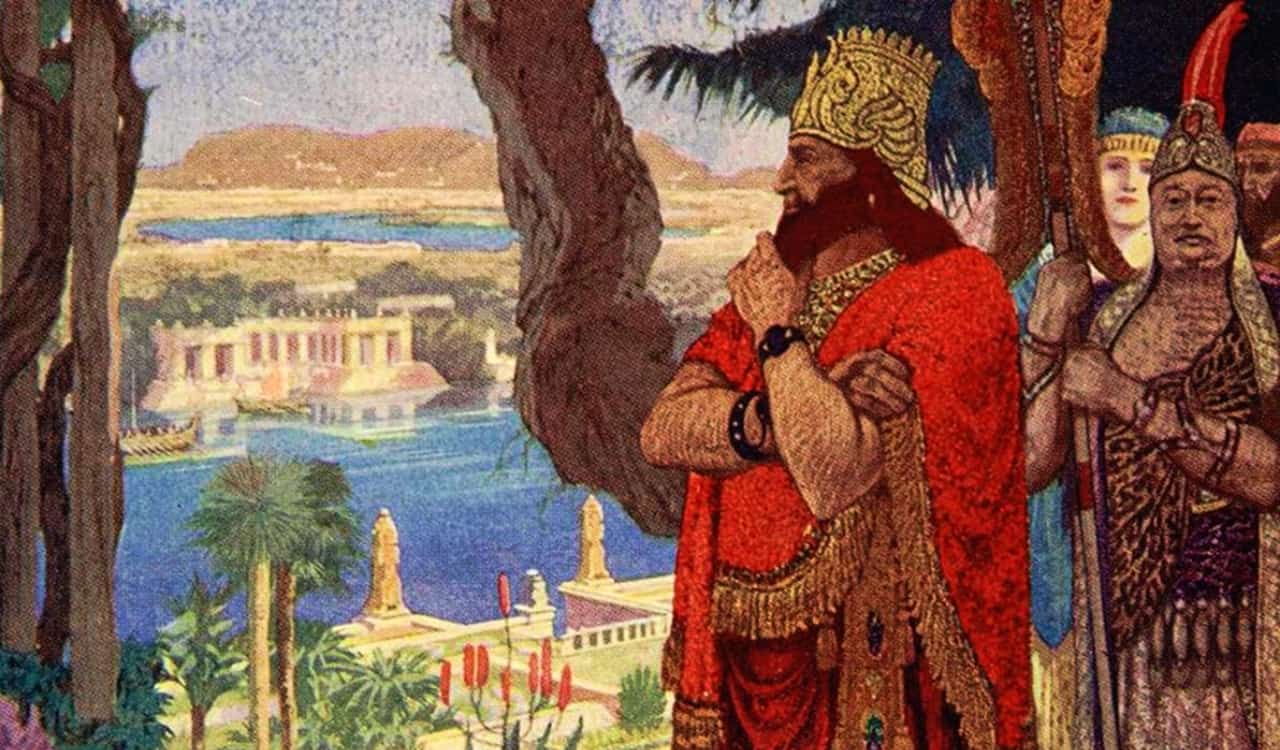
Artaxerxes III and Artaxerxes IV
- Assassinated By: Bagoas
- Year: 338 and 336 B.C.
- Cause of Fatality: Poison
- Motive: To Gain Power
The Persian Empire is legendary, and the empire was filled with several notable assassinations. Firstly, Artaxerxes II was a tremendous ruler that expanded the empire even more than his father. He was the one who came in contact with the Spartans, for those unaware. After he passed, his son Artaxerxes III landed on the throne. He actually ordered that all the rest of the royal family be ended to secure his throne. He ruled on the Persian throne for quite a while until being poisoned. In 338 B.C. the eunuch and chiliarch known as Bagoas managed to poison him through his Artaxerxes’ own doctor.
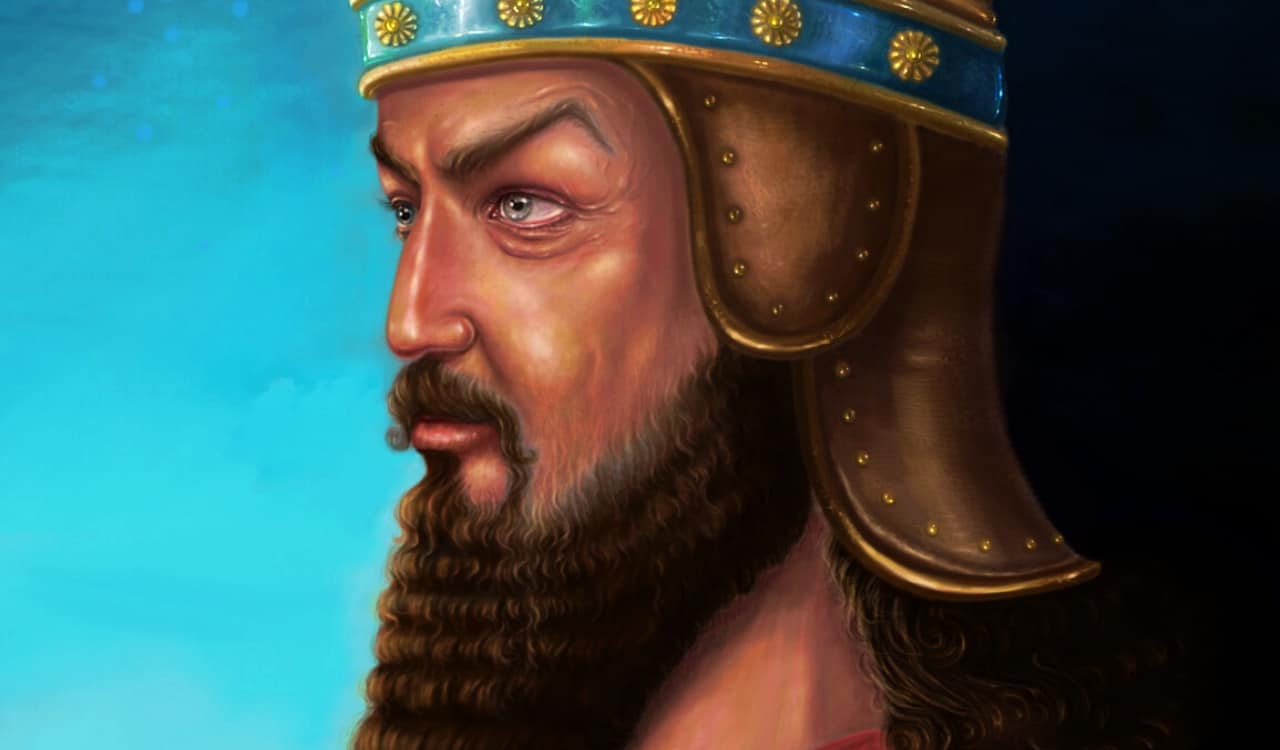
This was done to put his son, known as Arses at the time, on the throne. Arses then became Artaxerxes IV and took the throne. He only held it for 2 years, as he became wise to Bagoas trying to control him. He actually tried to unsuccessfully poison Bagoas, but the eunuch realized this and poisoned him and his entire family first. The poison used is unknown but it was said to have worked relatively soon, as it shut down organs and made people bleed from their mouths. These life-endings rank as some of the most notable assassinations ever, as they led to the eventual end of the Persian Empire.
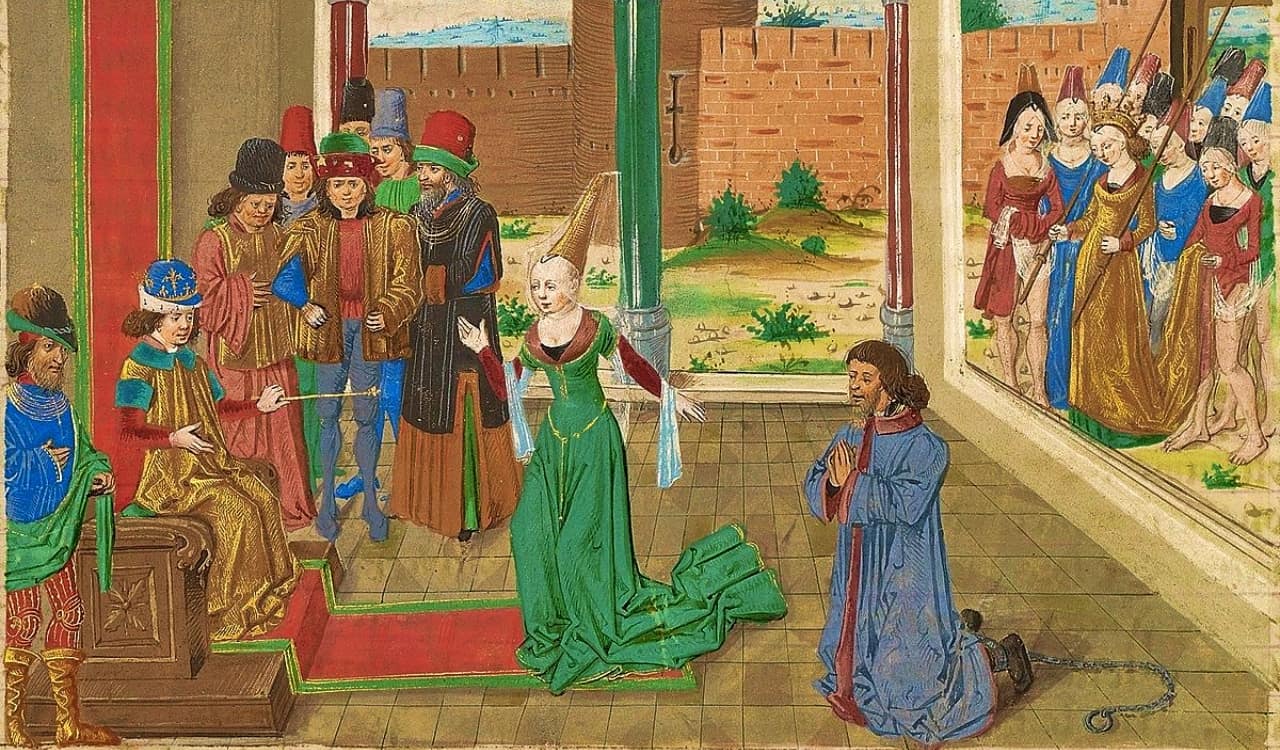
Bagoas
- Assassinated By: “Technically” Darius III
- Year: 336 B.C.
- Cause of Fatality: Poison
- Motive: Attempting To Poison The King
Bagoas had been successfully acting as a king-maker in the Persian Empire and everyone knew he had a role in what happened to the Artaxerxes line. He would install Darius III on the throne. Bagoas knew that he could be on the throne himself but that would make him a target. Acting as a “man behind the man” allowed him to be out of the spotlight but still have ultimate power through advising. He took out Artaxerxes III and IV due to both no longer caring for his advice and power pull.
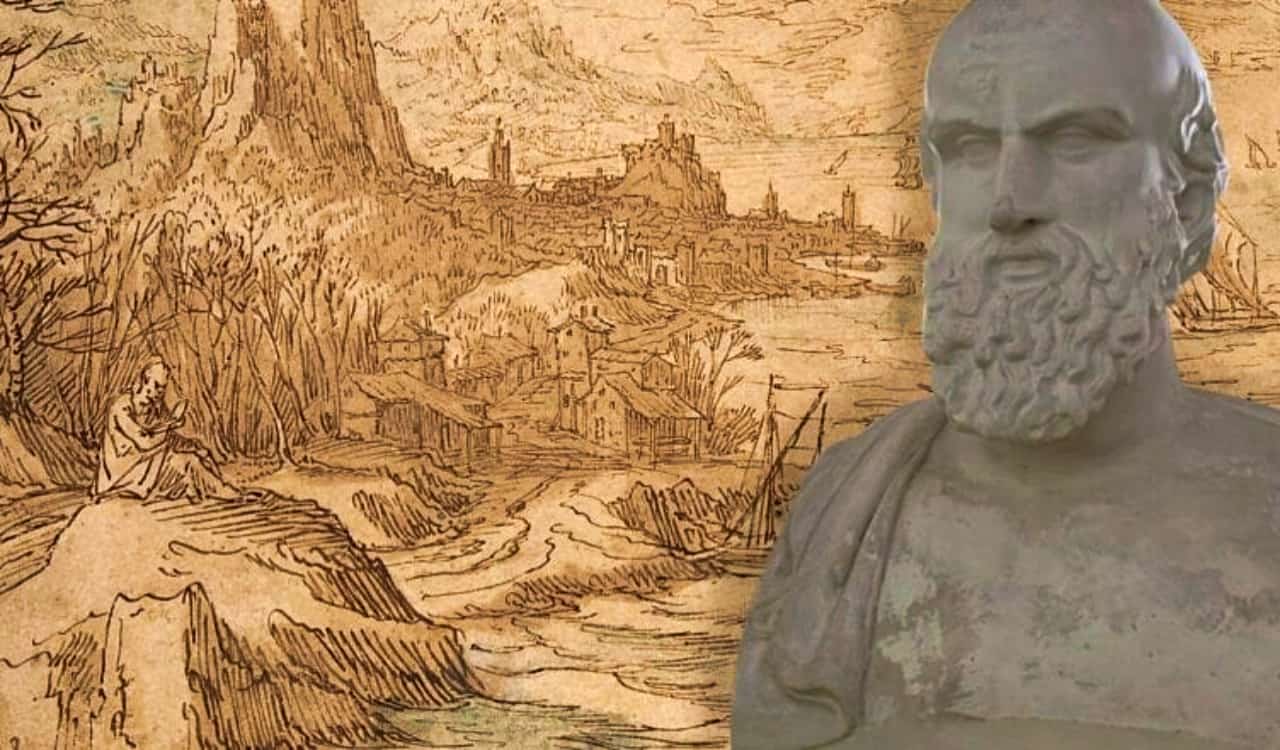
Darius III could be installed and allow Bagoas to yet again have a chance to hold ultimate power as a major advisor for him, but Darius saw through what was going on. Bagoas plotted to poison Darius, but the Persian King found out. He then made Bagoas drink his own poison which ended him. This is one of the most notable assassinations in history due to how much power Bagoas tried to take. When he did not get his way, he ended kings and installed others. That needed to be stopped.
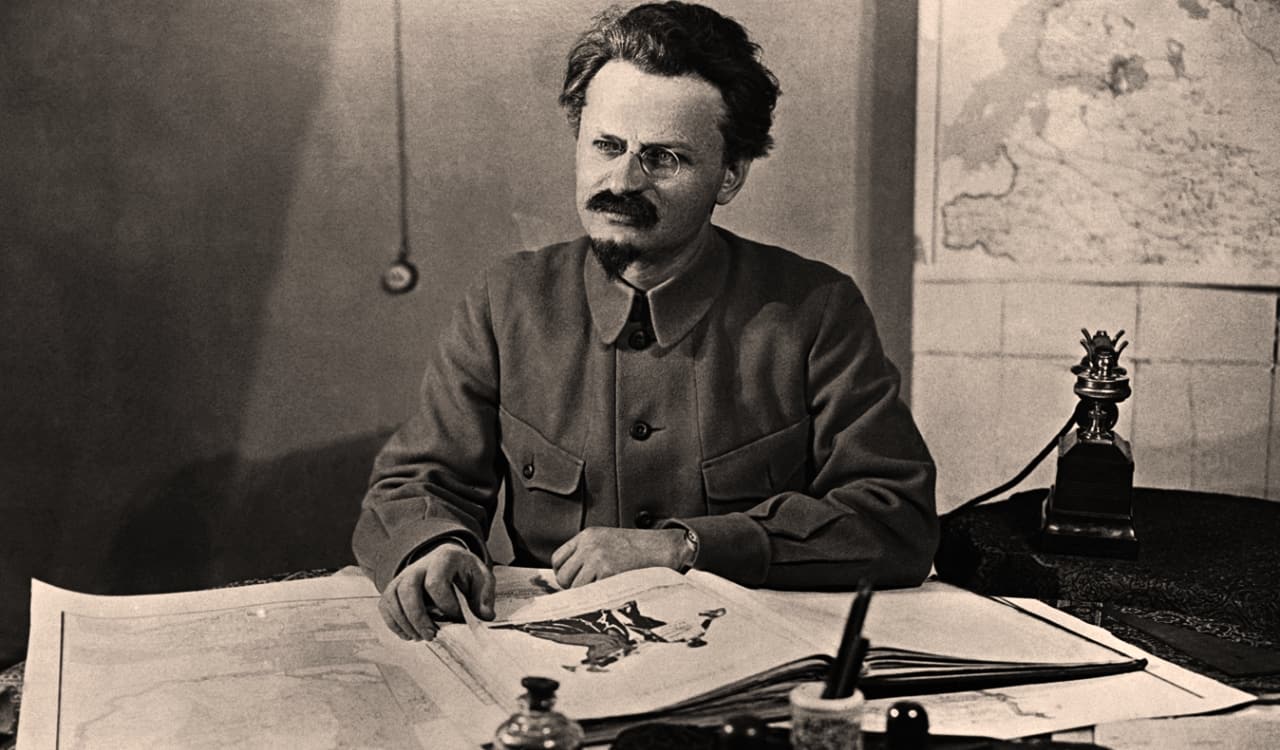
Leon Trotsky
- Assassinated By: Ramón Mercader (on orders from Joseph Stalin)
- Year: 1940
- Cause of Fatality: Ice Pick To The Skull
- Motive: To End His Opposition Of Stalin
Leon Trotsky was a powerful opponent to Joseph Stalin during the 1920s. This resulted in his deportation from the Soviet Union, causing him to end up in Mexico. He still spoke out against Stalin and continued his influential writings as well as teach Marxism. Now that World War I had passed, World War II began to slowly involve Russia and Stalin. Trotsky yet again was an unchecked problem for Stalin that needed to be ended. A man named Ramón Mercader, an undercover agent for Stalin, was sent to permanently silence Leon.
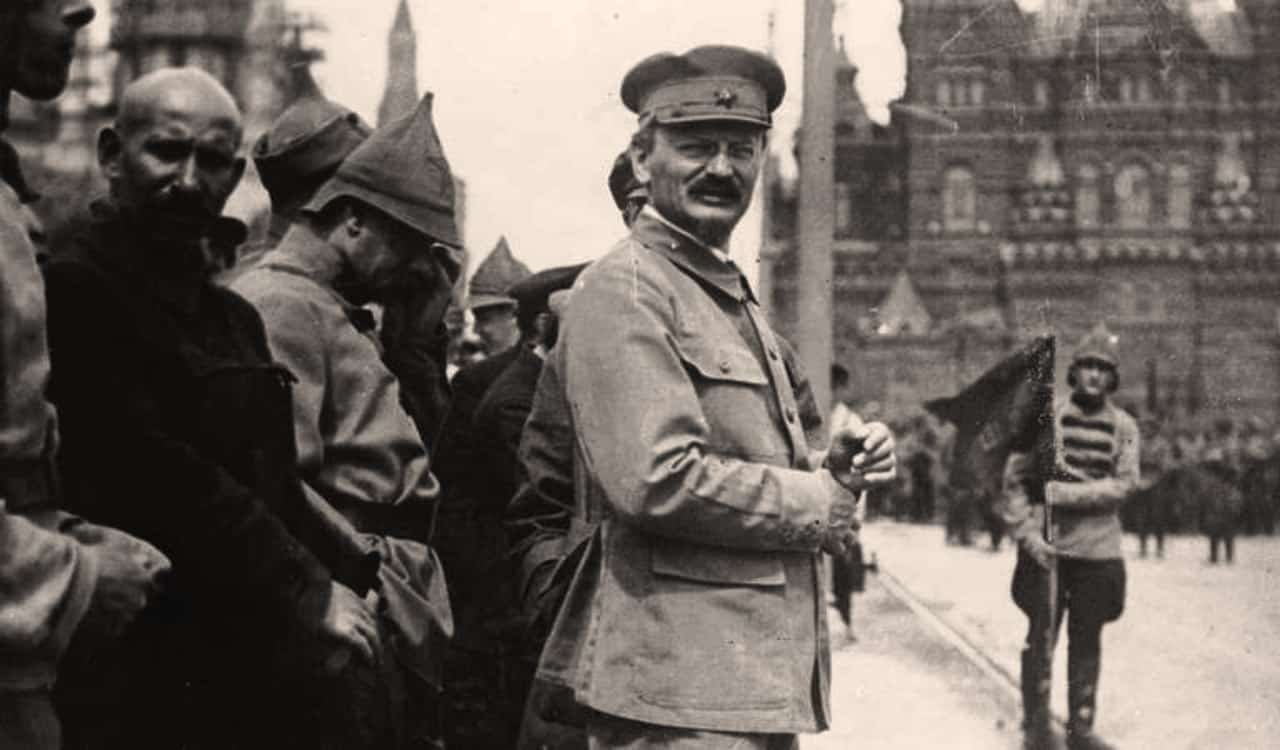
In August 1940, he met with Trotsky on the guise to speak with him about an article he wrote. When Trotsky looked down to read the article, Mercader pulled out a literal ice pick and struck Trotsky in his skull. Once his guards heard the commotion they ran in to help. Leon told his guards to not end the assassin, for “this man has a story to tell.” Trotsky passed a day later due to severe brain damage. On an interesting note, ice picks were used in brain operations by this point. They were very effective in lobotomies but were better life-ending weapons. Trotsky likely passed from a hematoma (brain bleed).
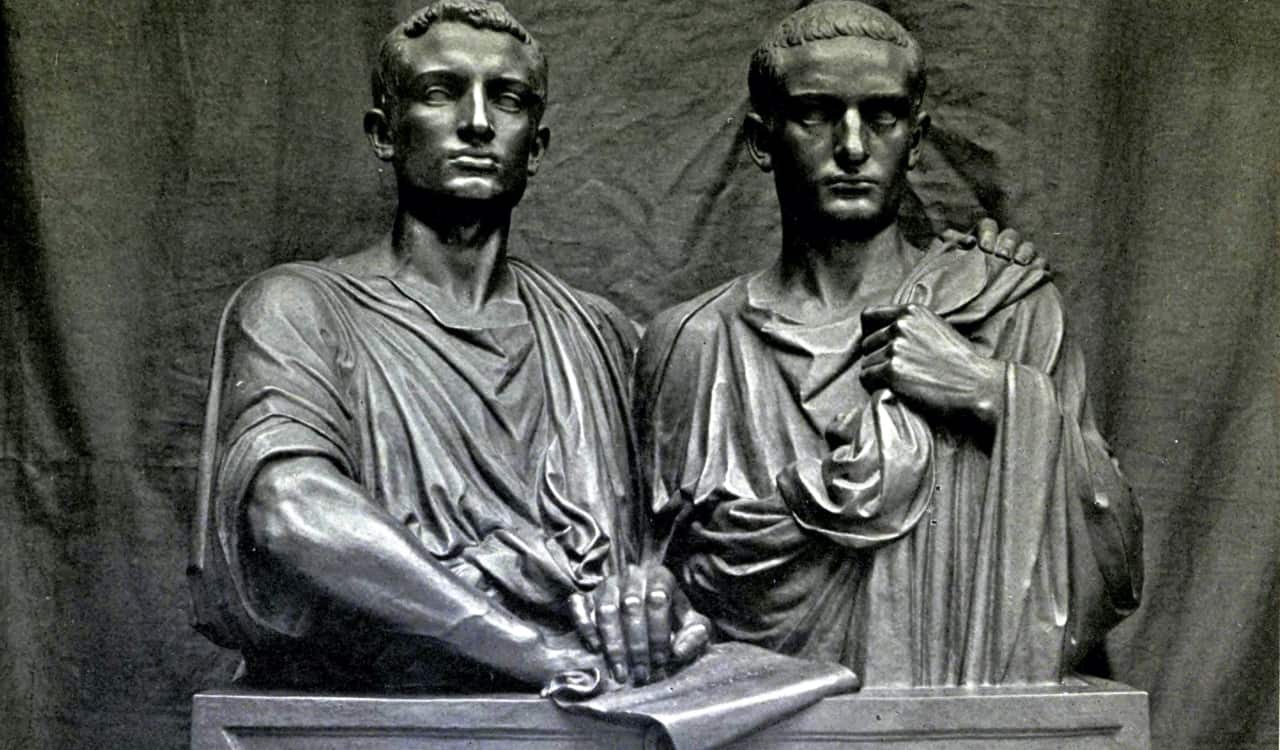
Tiberius Gracchus
- Assassinated By: Roman Senate
- Year: 133 B.C.
- Cause of Fatality: Beaten With Clubs
- Motive: To Avoid His Re-Election
Tiberius Gracchus was a politician in the second century B.C. within Rome and became one of the most notable assassinations in Roman history. He was popular with many Roman citizens as his agrarian reform law took land from wealthy landowners and given to poorer citizens. Tiberius was obviously disliked by the Senate, some of the most wealthy people in Rome. Tiberius served as the “Tribune of the Plebs.” This was an elected position, and their power was pretty impressive. Tribunes could even veto Senate decisions.
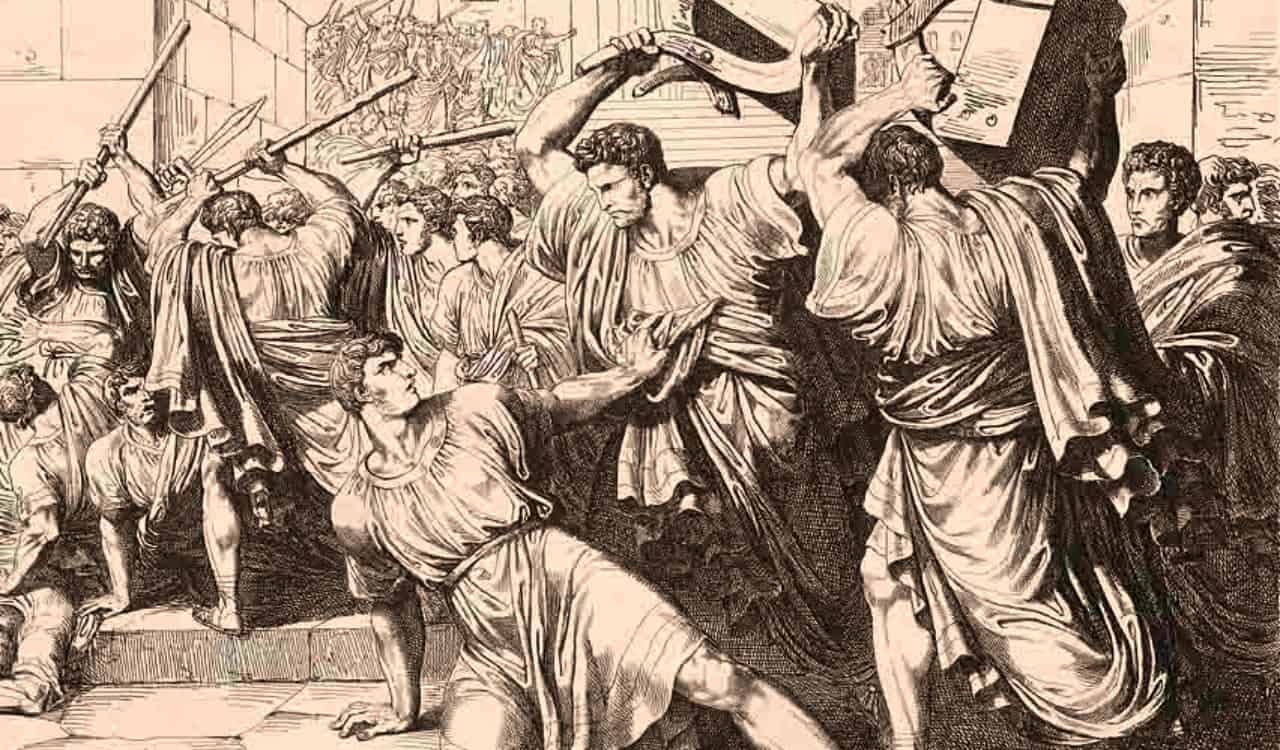
In 133 B.C. Tiberius actually vetoed ALL Senate decisions when they opposed his agrarian reform law. The People’s Assembly still had to vote for him each election. On election day Tiberius actually showed up in a mourning costume saying his defeat would mean prosecution and his end. The Senate decided to beat him until he no longer breathed right there, then tossed him in the Tiber River for good measure. Being beaten like this is not always fatal, but for Tiberius, it was due to the likely internal bleeding and potential TBI he would have sustained. Plus, if he did not pass from that, he would have drowned in the river.
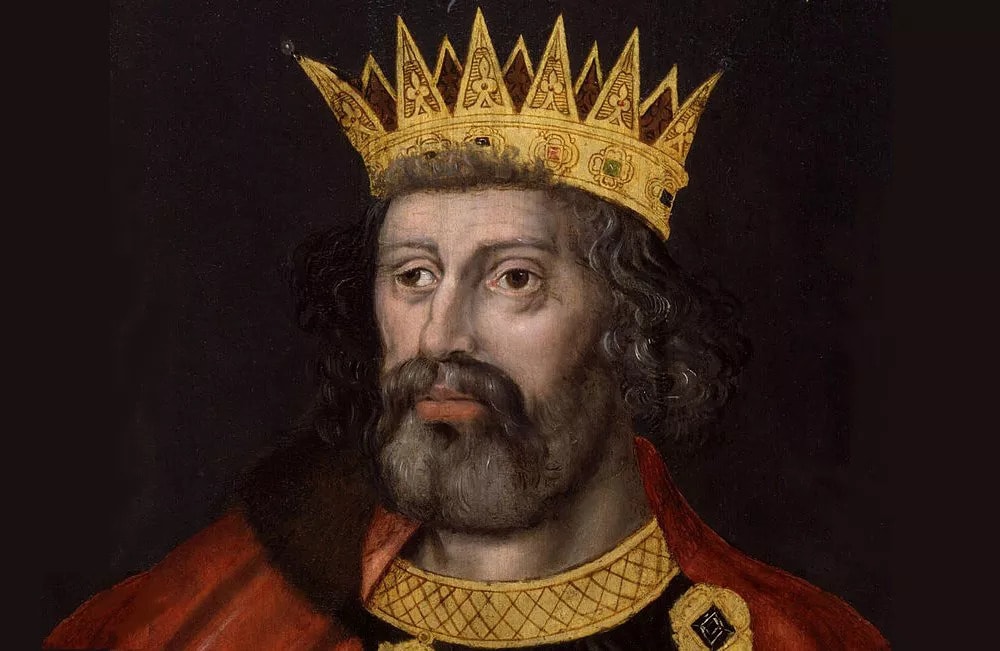
King Edward II
- Assassinated By: Unknown
- Year: 1327
- Cause of Fatality: Internal Organ Burning
- Motive: To Avoid Potential Escape and Coup
King Edward II was the King of England from 1307 to 1327 and is ultimately remembered as a failure. Historians claim he was indecisive in major moments while also being lazy and incompetent. Any small issue resulted in outbursts and overreactions by King, and everyone could see problems. Soon, Edward II’s wife Isabella with her lover Roger Mortimer invaded England in the hopes of removing him from the throne. Edward was captured and forced to abdicate the throne in favor of his son, Edward III.

Edward II was then locked up in Berkeley Castle. He would pass away the following year but the way he did has been passed down via stories for 700 years. Apparently, an assassin was sent to end Edward in a gruesome way. The assassin used a red-hot poker and inserted it up into Edward’s hindquarters. This ended up burning his internal organs, yet leaving no markings to show it was an assassination. Many believe it is just propaganda, but it does make sense due to his early passing.
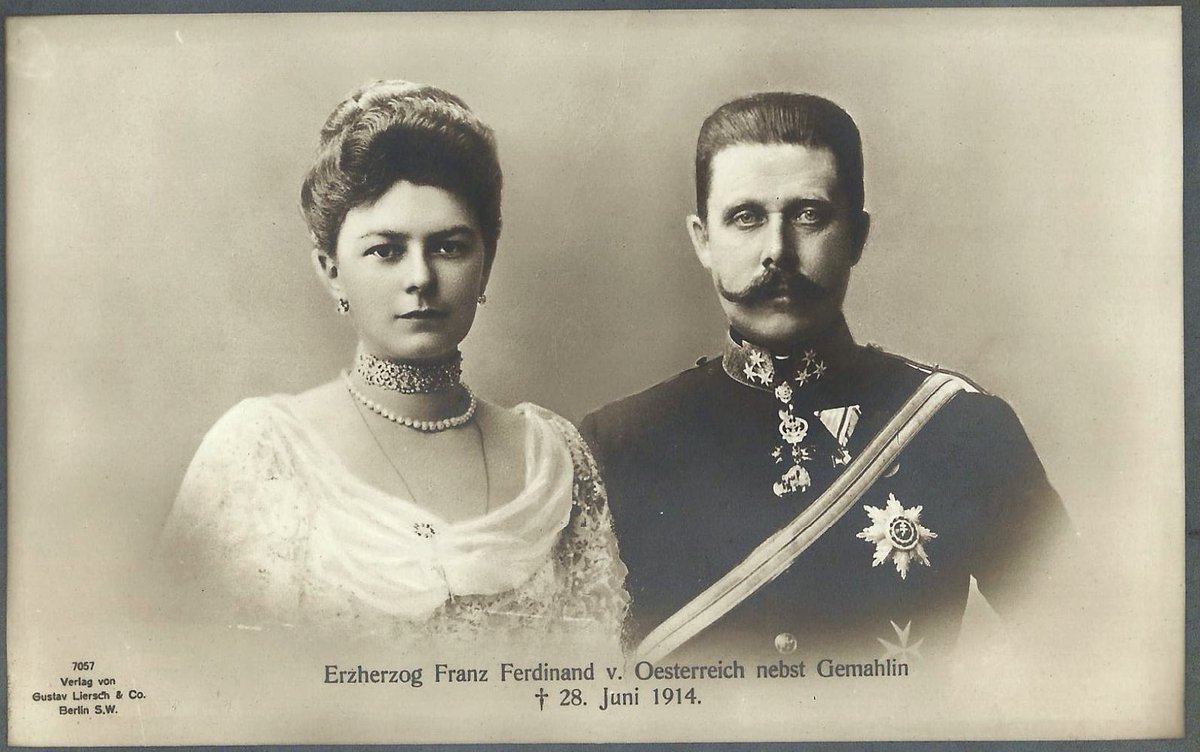
Archduke Franz Ferdinand
- Assassinated By: Gavrilo Princip
- Year: 1914
- Cause of Fatality: Gunshot Wound
- Motive: Sought To End Austro-Hungarian Rule Over Bosnia and Herzegovina
Archduke Franz Ferdinand was the heir to the Austro-Hungarian throne. Of course, this was a major empire at the time and Franz remaining alive would only lead to this empire continuing. A Serbian society called the Black Hand wanted to put an end to it in 1914. A man named Danilo Ilić sent six assassins via motorcycle to end the Archduke while on his motorcade route in Sarajevo. Two assassins got cold feet and bowed out.
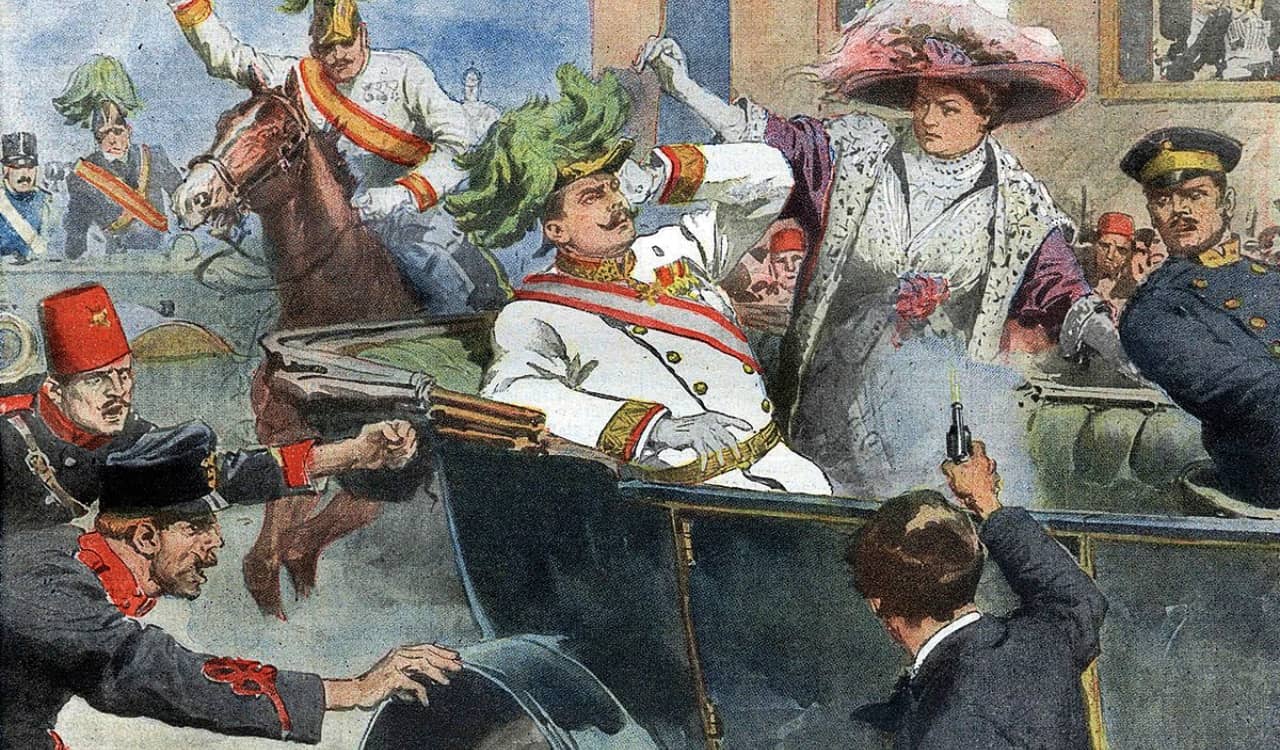
Another assassin threw a bomb but it bounced off a convertible and blew up the car behind Franz. Knowing he’d be caught, he swallowed a cyanide pill and jumped into the Milijack River. Sadly for him, the pill was out of date and did not end him and the river was not deep so he was beaten by a crowd. One of the other six assassins, Gavrilo Princip, was getting a sandwich when he saw Franz’s car reversing. He took the opportunity to run up and shoot Franz, triggering World War I. Talk about notable assassinations, right? It’s unlikely Princip thought he’d start a World War doing this.
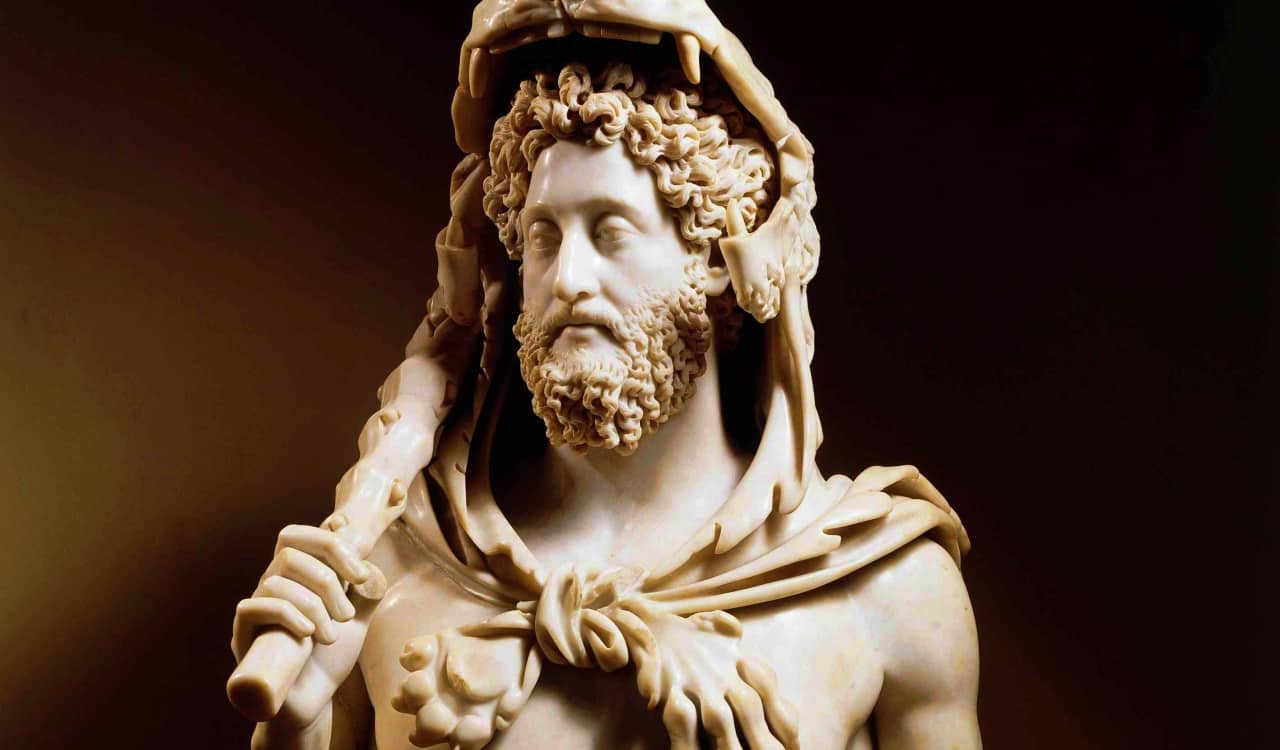
Commodus
- Assassinated By: Narcissus
- Year: 192 AD
- Cause of Fatality: Strangulation
- Motive: To End His Rule
There are many reasons people wanted to get rid of Commodus. Most Roman rulers were chosen and adopted by the Emperor. They felt using biological sons or daughters would not be best, but it was hard to question such a wise Emperor like Marcus Aurelius. He was the last great Emperor of Rome, and many thought his son would continue the greatness. Marcus made Commodus co-ruler with him, but Commodus became sole ruler upon his father’s passing.
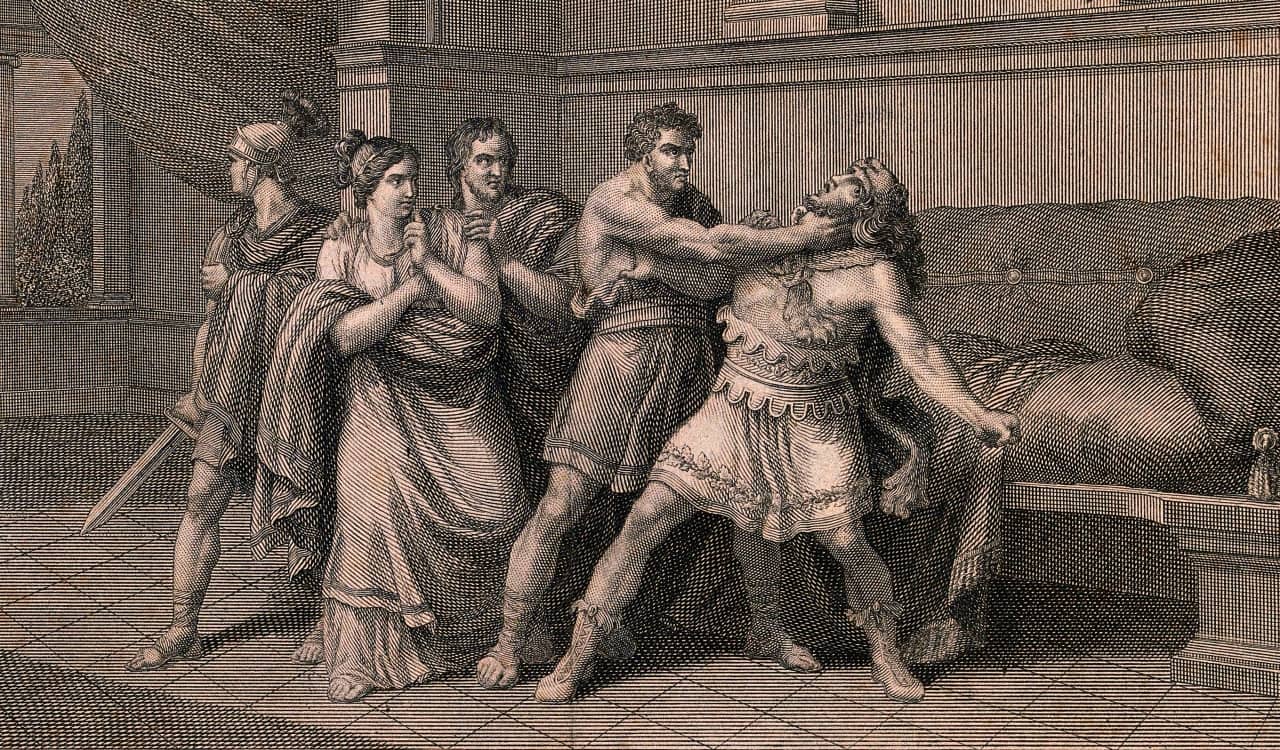
Soon, Commodus became a tyrant and dictator who saw himself as God-like. By November of 192 AD, he was becoming a problem for everyone, and his wife Marcia felt he had gone mad. She poisoned his food but he upchucked to rid himself of it. Those behind ending Commodus sent his wrestling partner, Narcissus, to end his life. He would do just that by strangling Commodus in his bath. Resulting in one of the most notable assassinations in history.

Grigori Rasputin
- Assassinated By: Prince Felix Yusupov, Grand Duke Dmitri Pavlovich, and Vladimir Purishkevich
- Year: 1916
- Cause of Fatality: Assumed To Be Gunshot Wound To Head
- Motive: To End His Influence On Russian Emperor and Empress
Grigori Rasputin was a weird dude, who gained power once he met the Russian Emperor Nicholas II and his wife, Empress Alexandra. Their son, Alexei, suffered from hemophilia and Rasputin helped to “heal” him. The major part of his career happened when Nicholas left Russia to fight in World War I, leaving Rasputin and Alexandra alone. It is widely assumed the two had an affair as Rasputin’s power began to increase with the Emperor away.
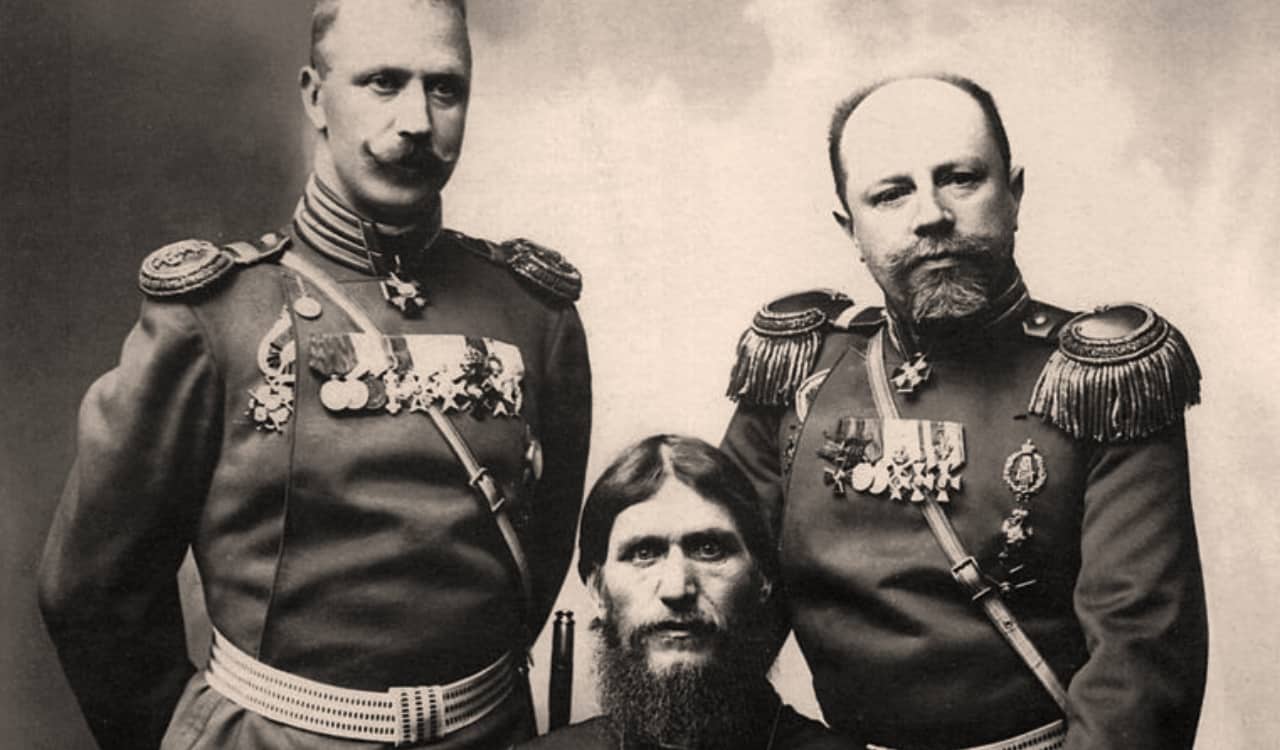
Eventually, many felt that Rasputin was overplaying his hand and developing too much power. He might be whispering in the Empress’ ear but that was a critical role. So Russian nobleman plotted to end him. This is what led to one of the most notable assassinations in history. First, the assassins attempted to poison him with cyanide tea and cakes, as well as poisoned wine but none affected him. He was then shot in the chest and left to pass, but once the men came back he rose up and attacked them. Rasputin was then shot in the head and wrapped up in cloth, and thrown into the Malaya Neva River.

